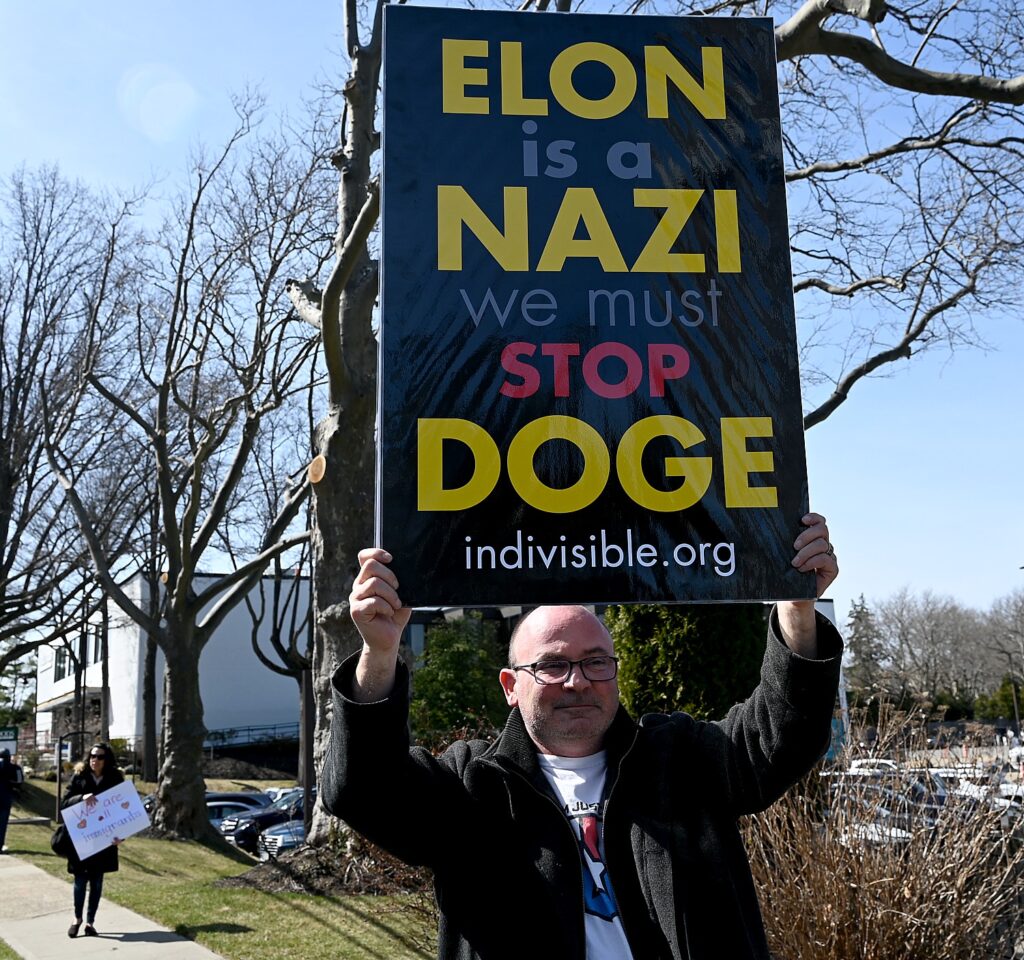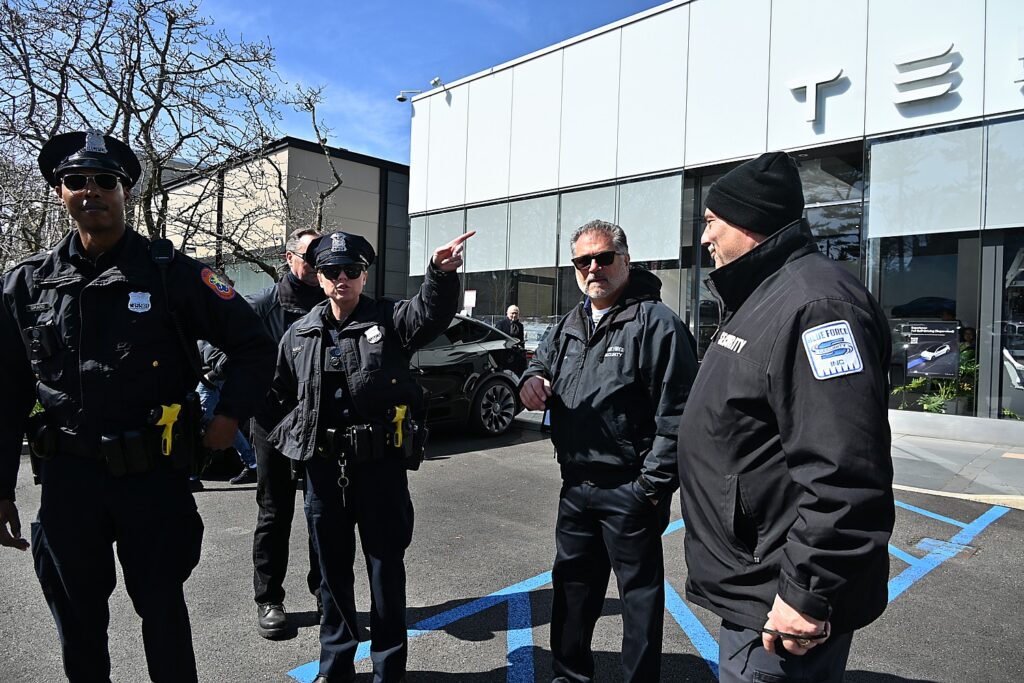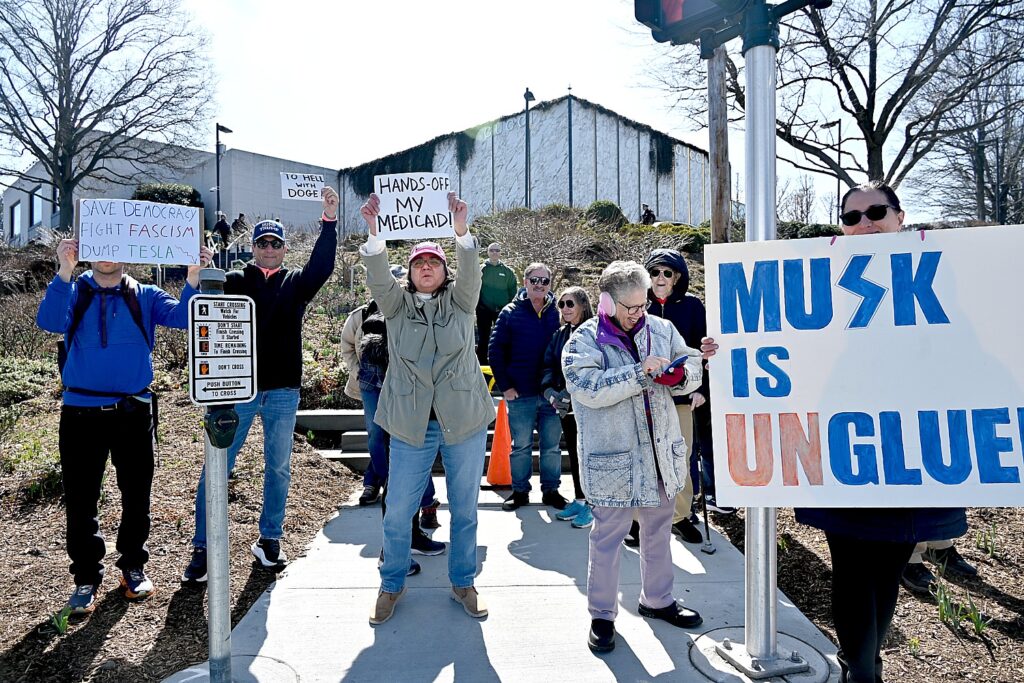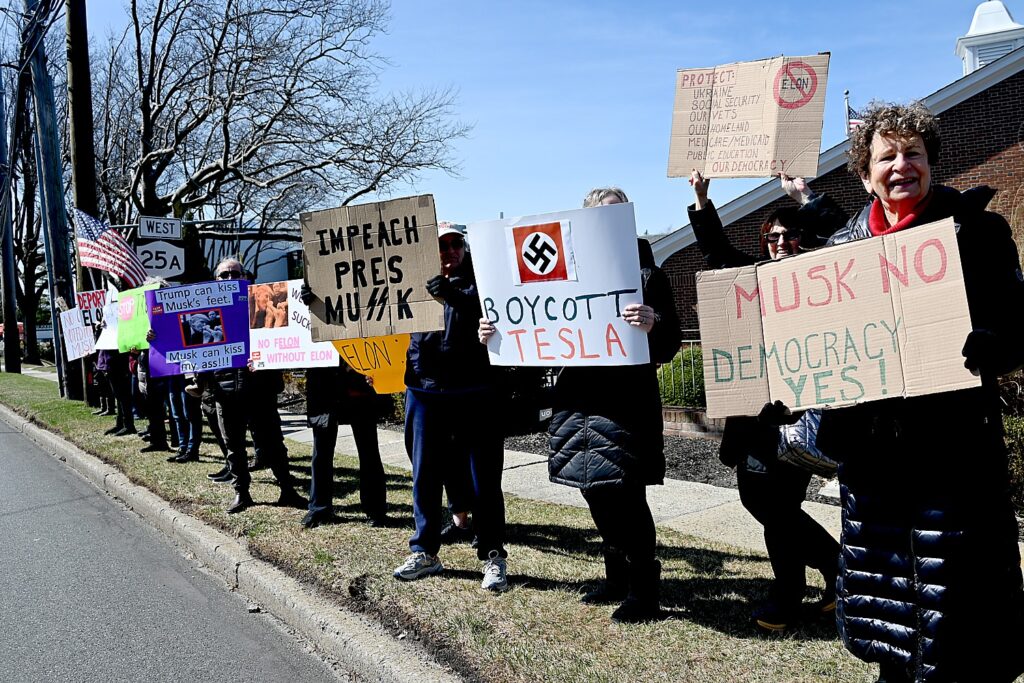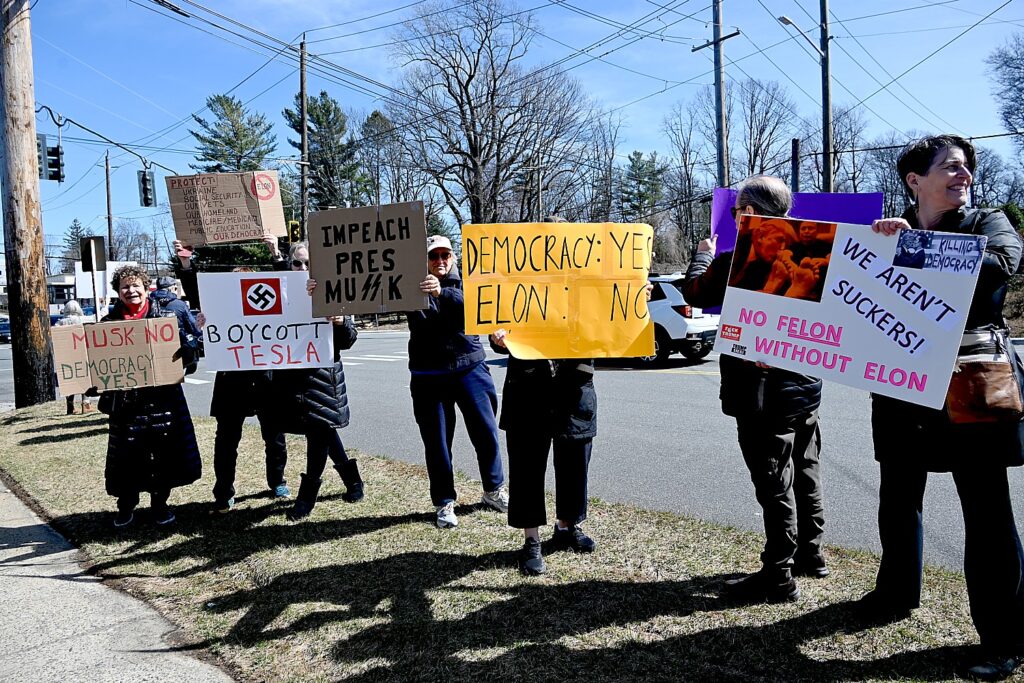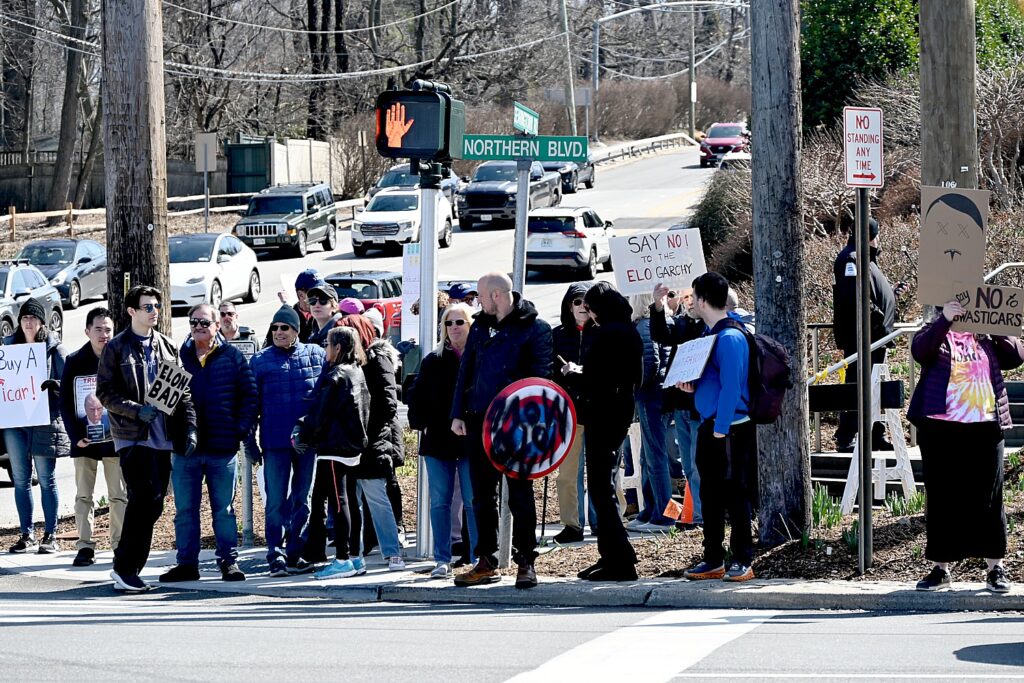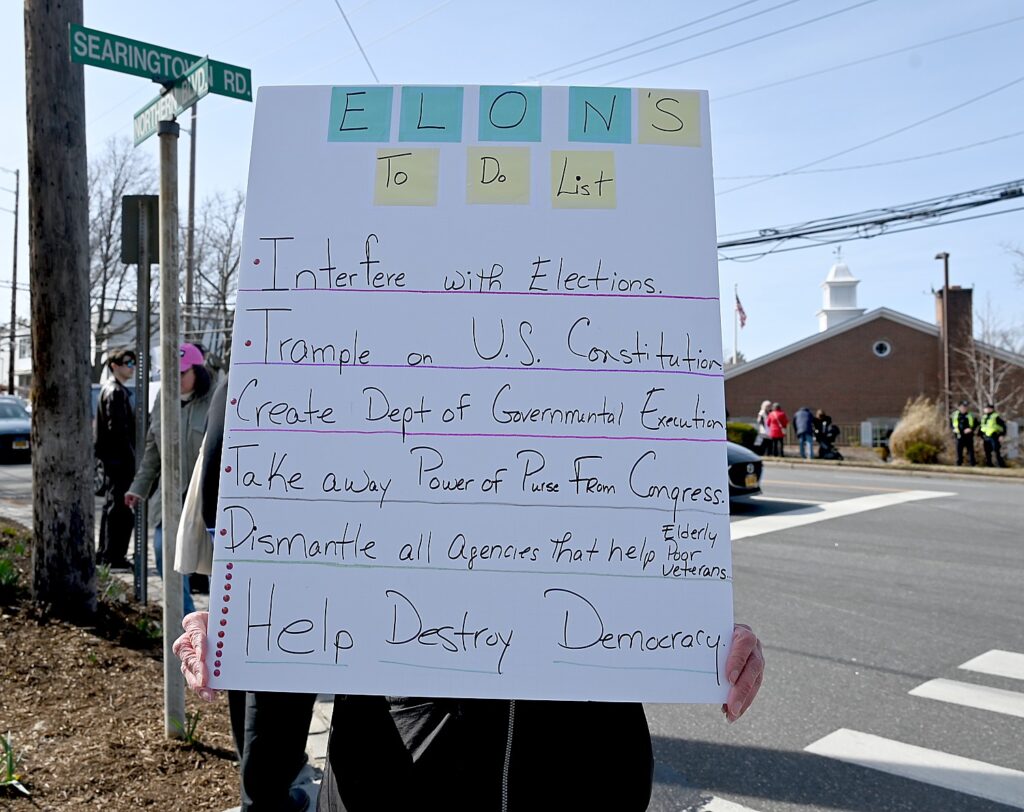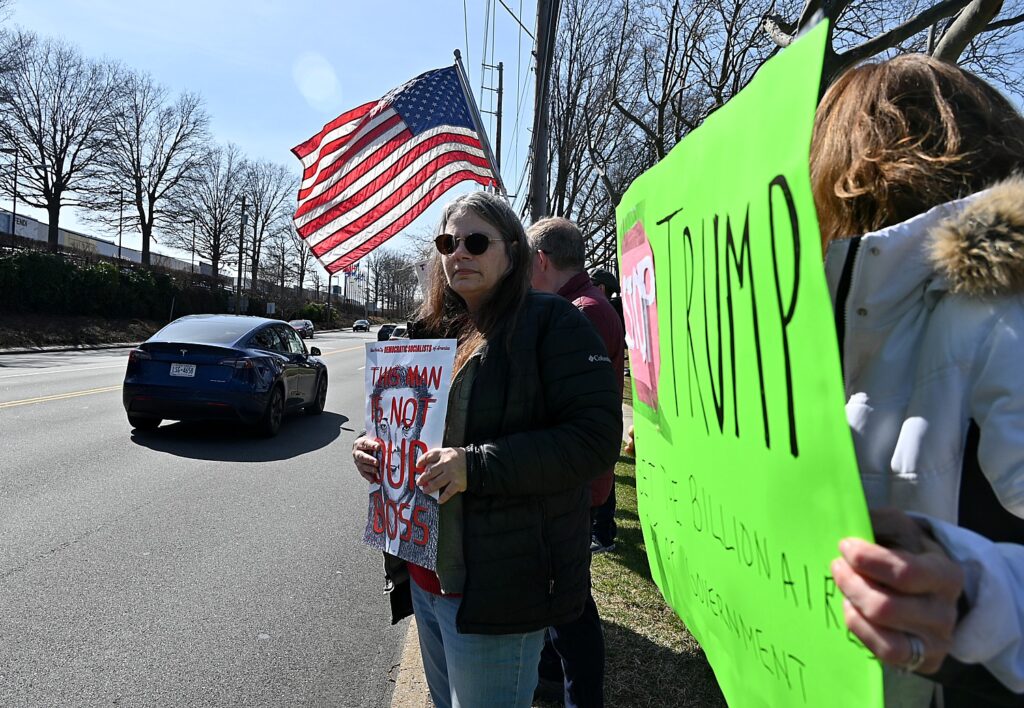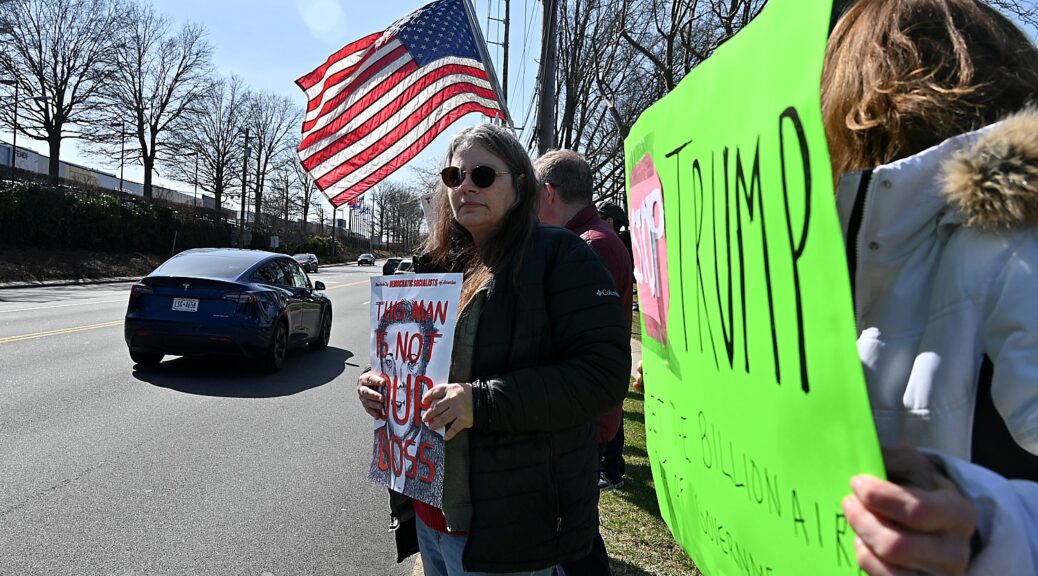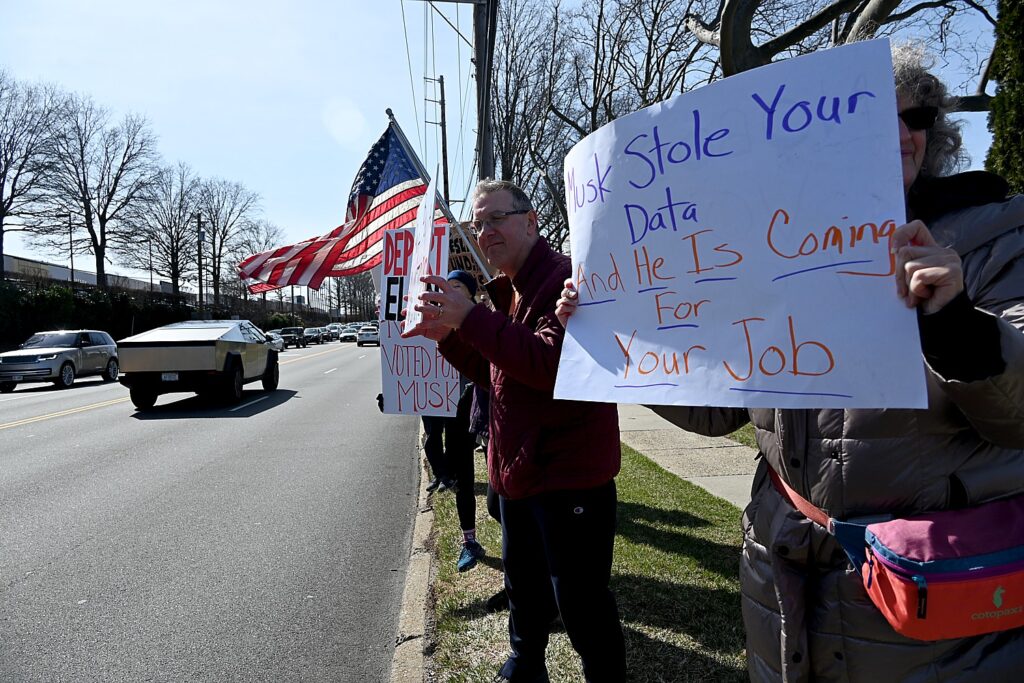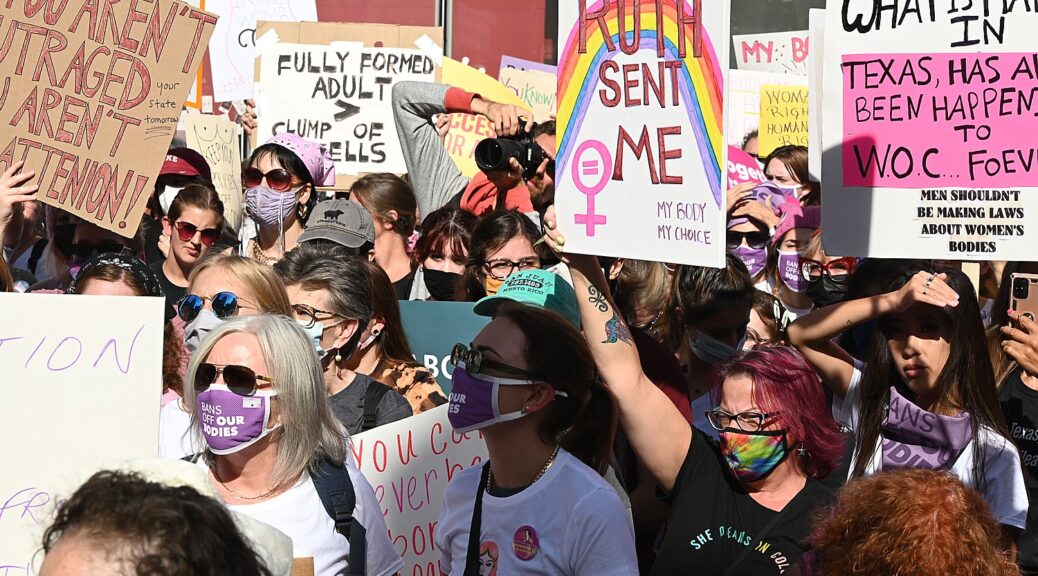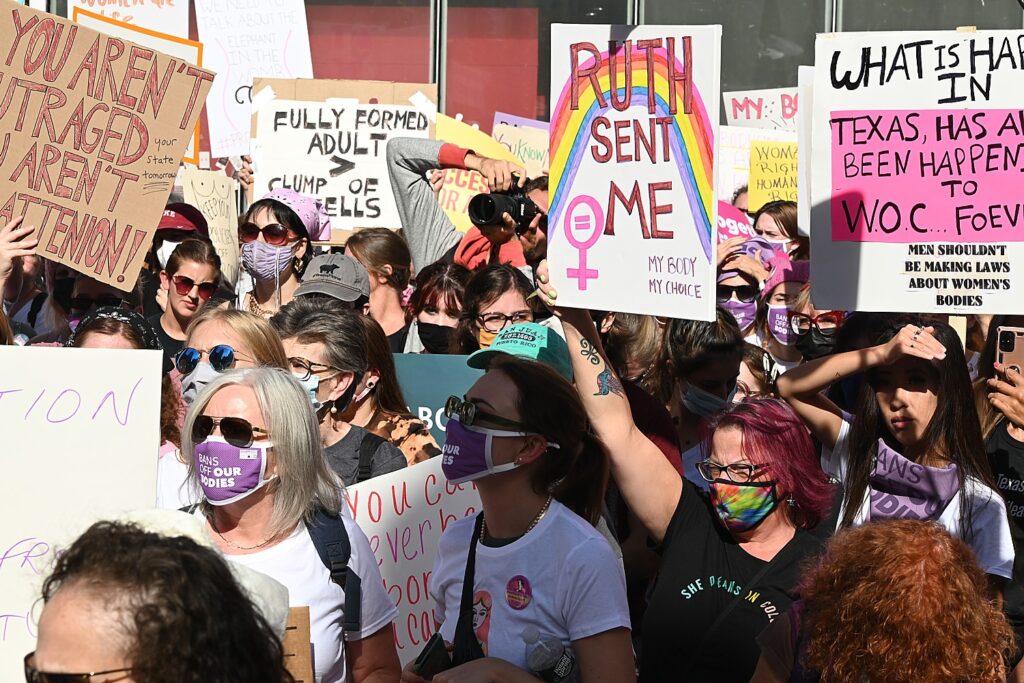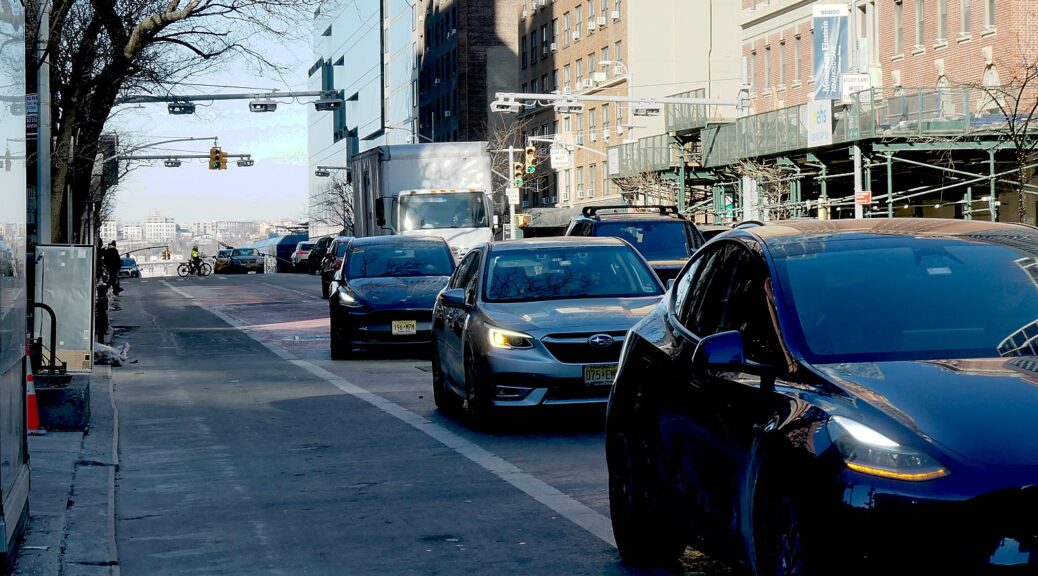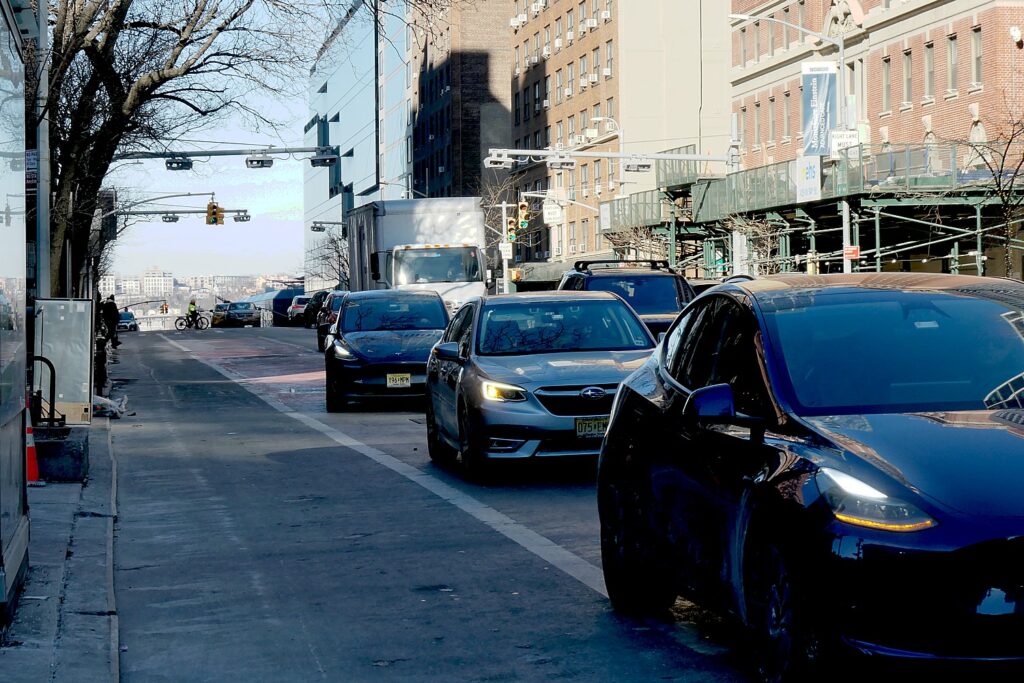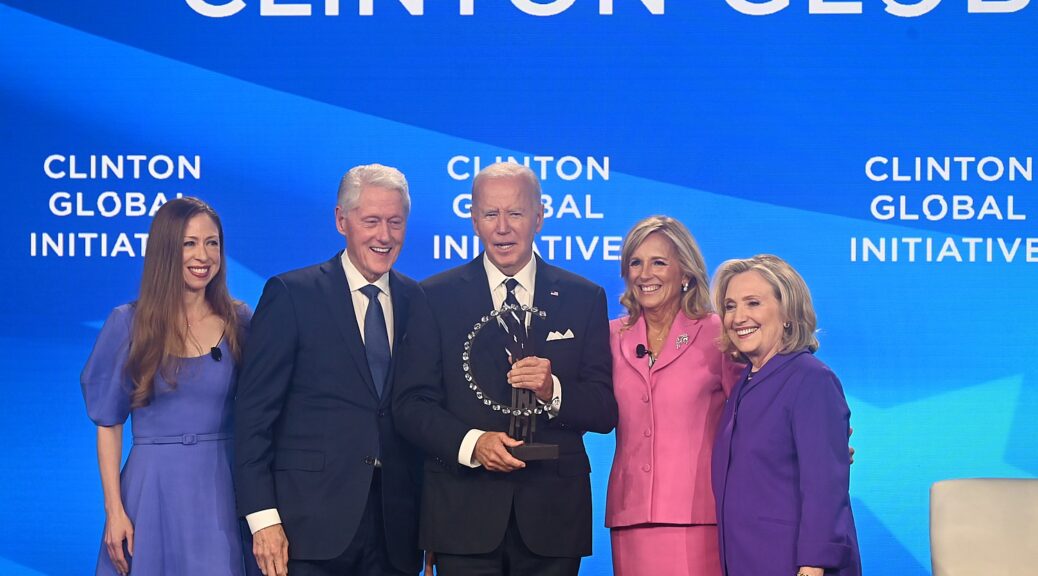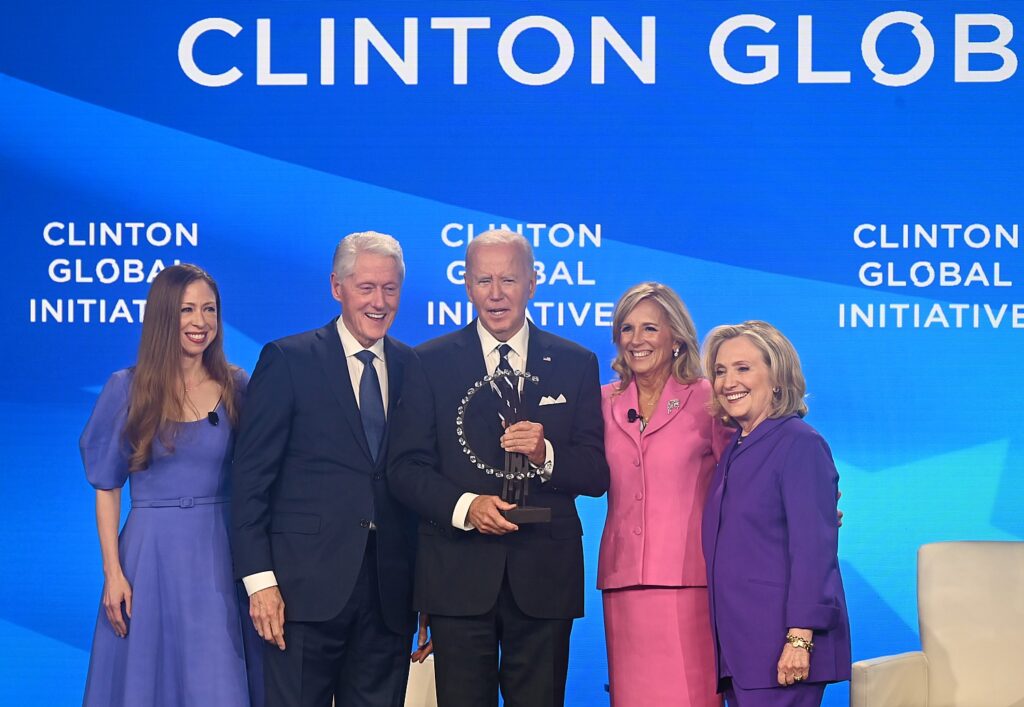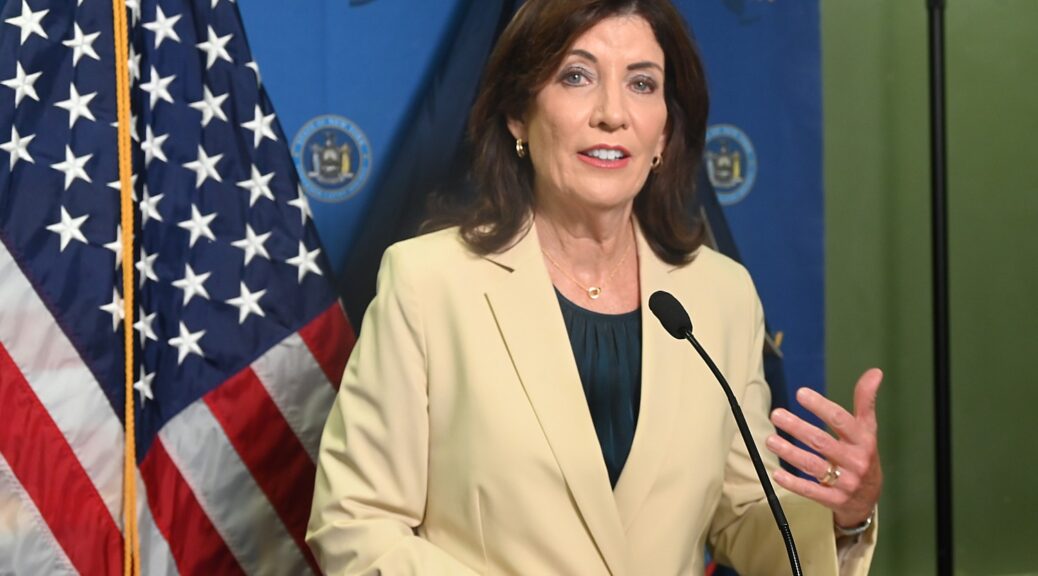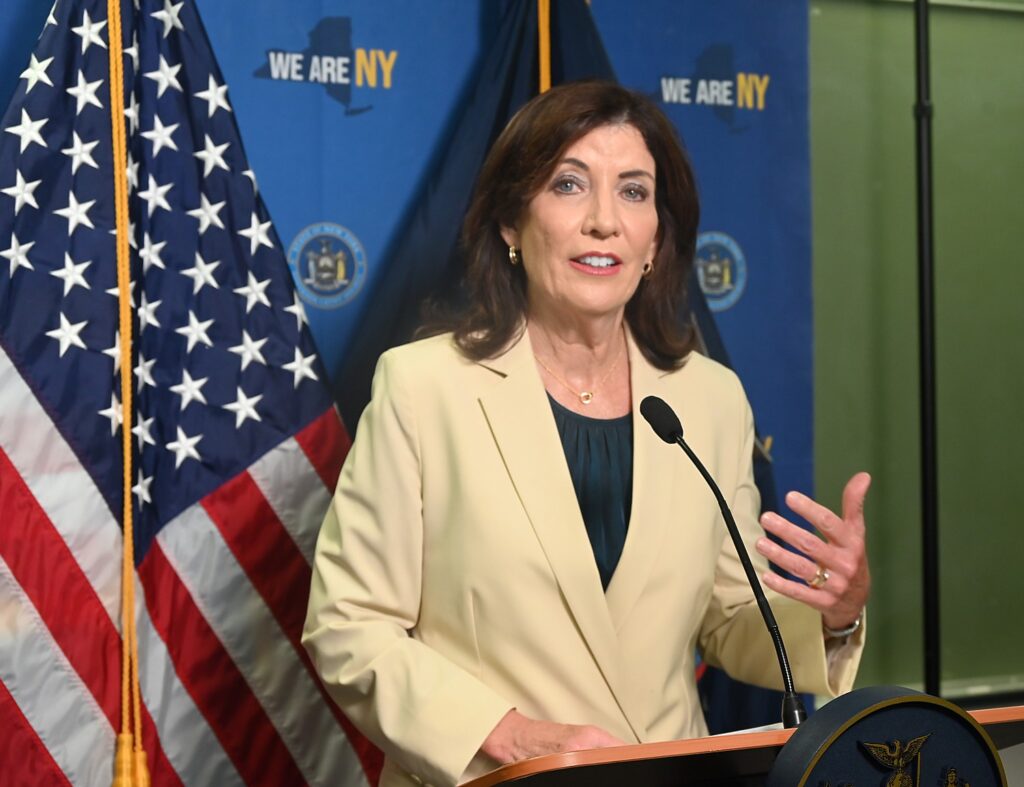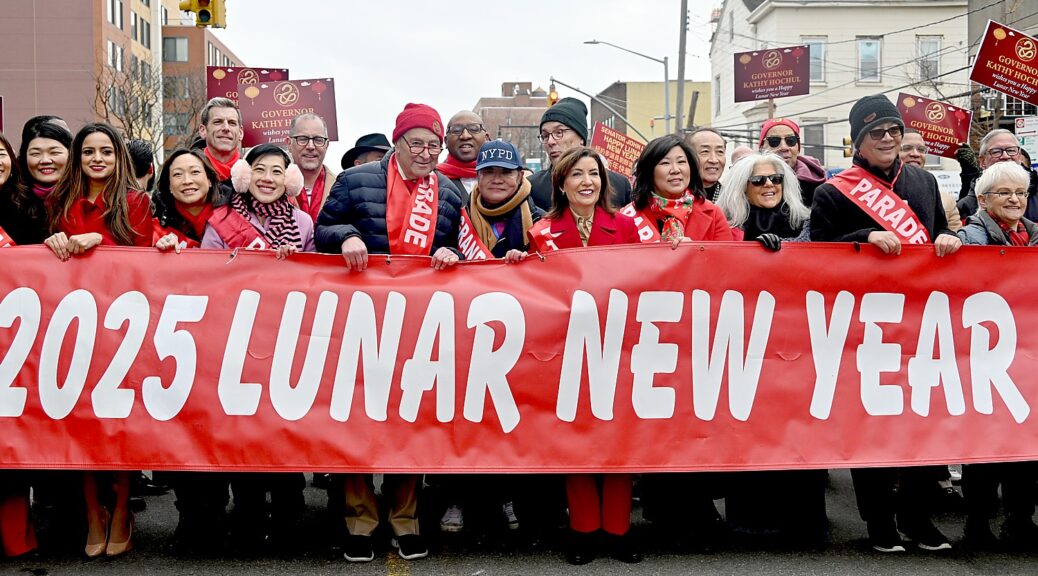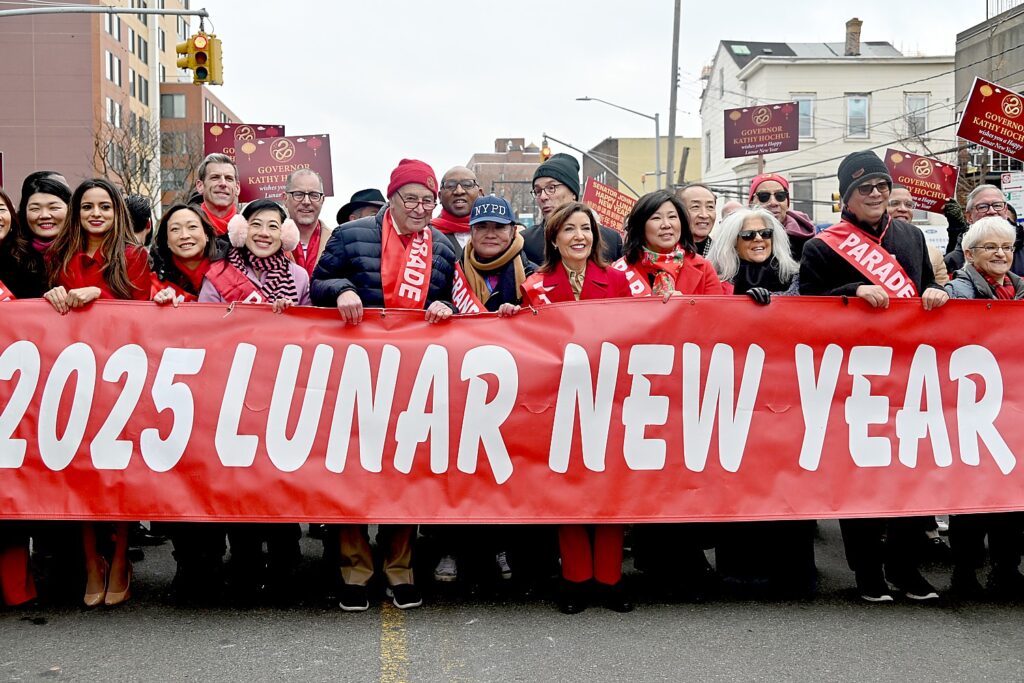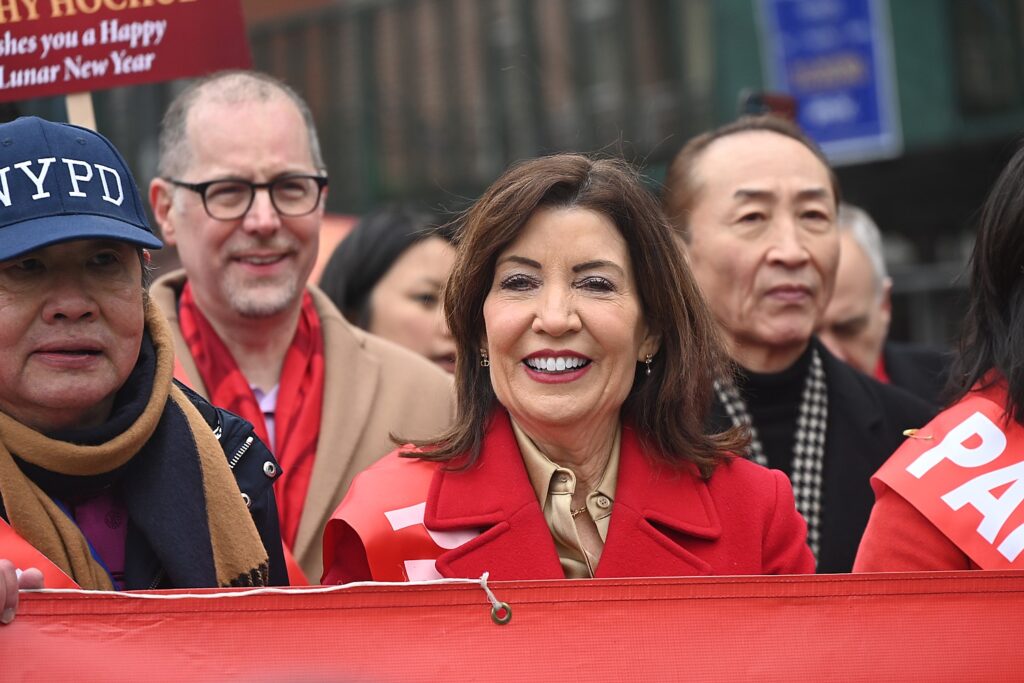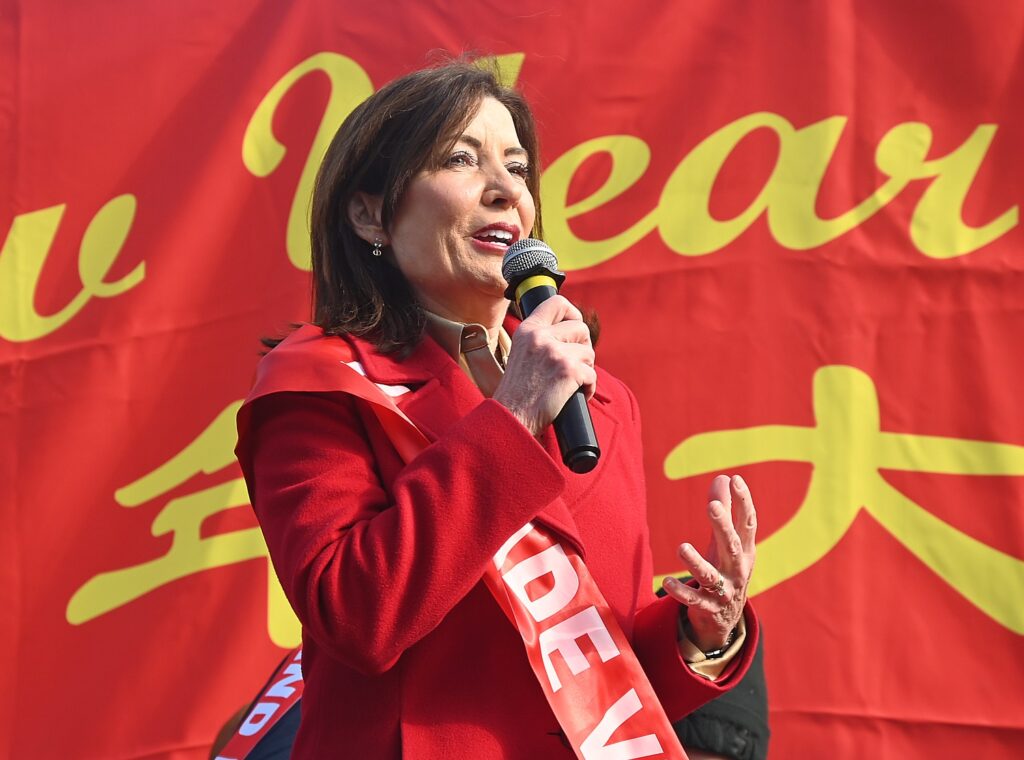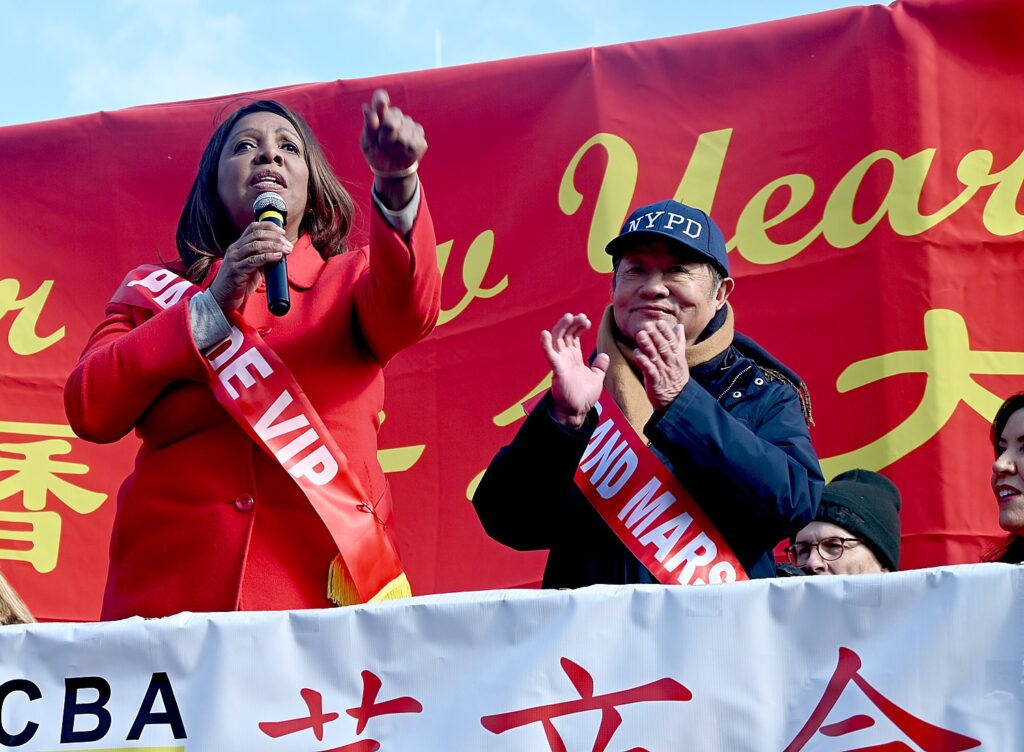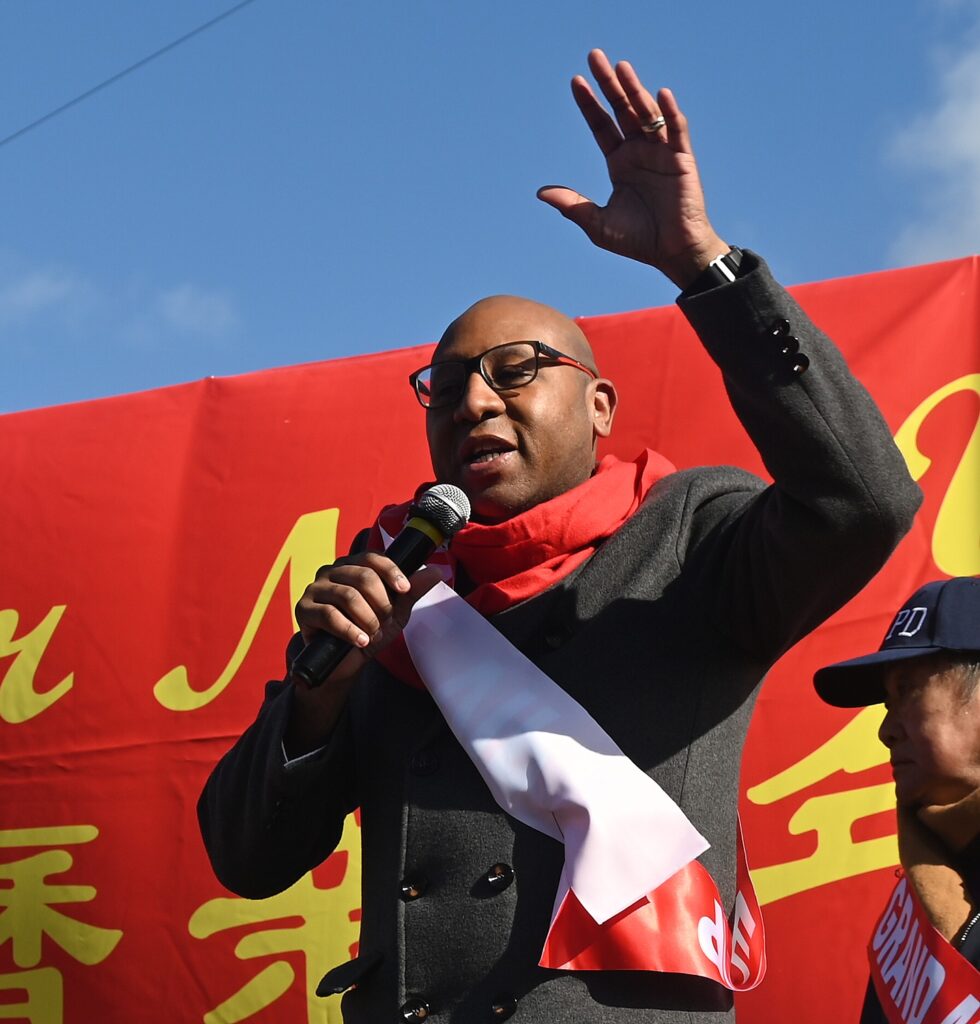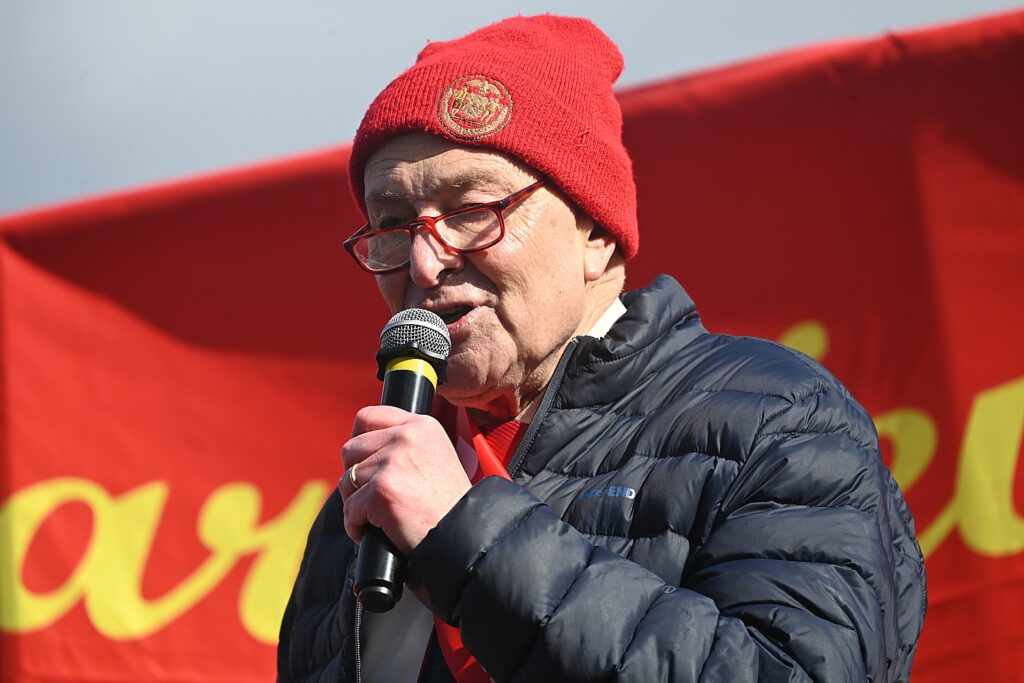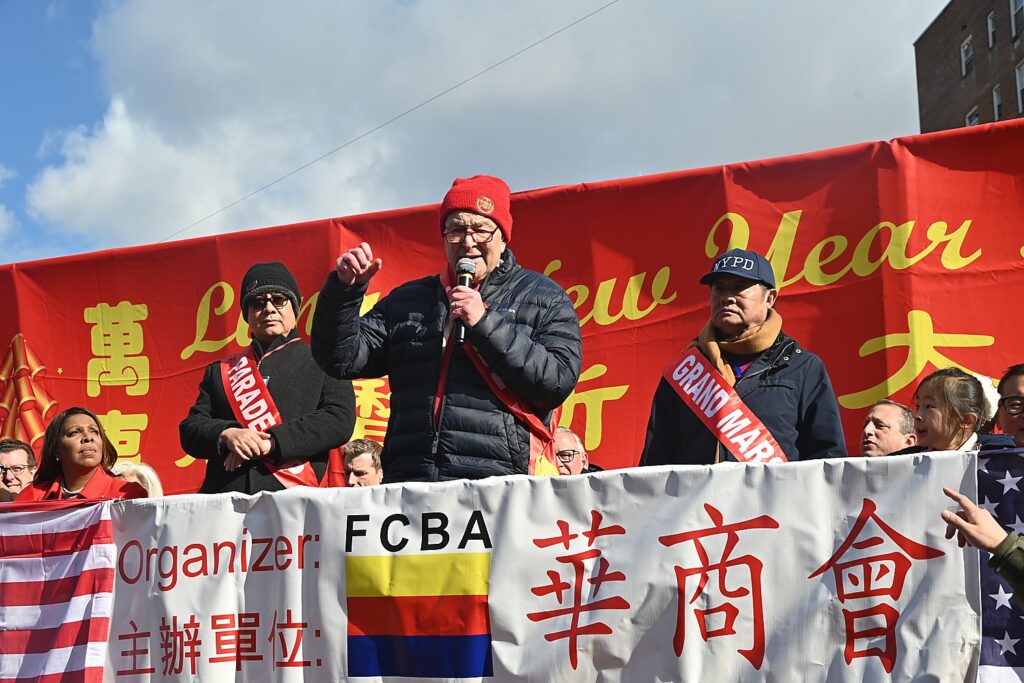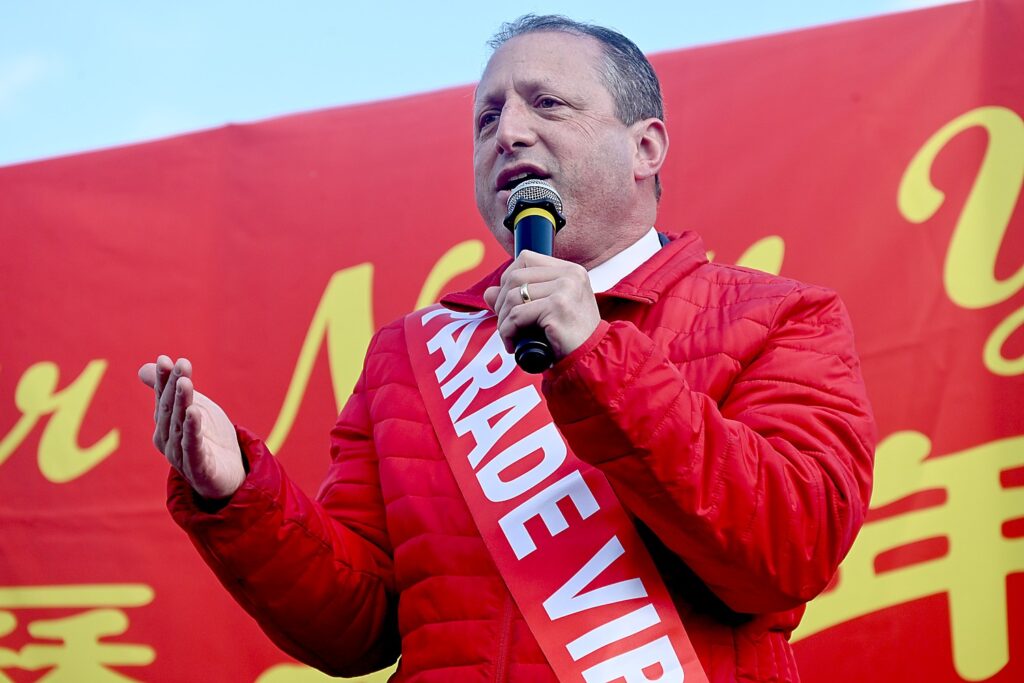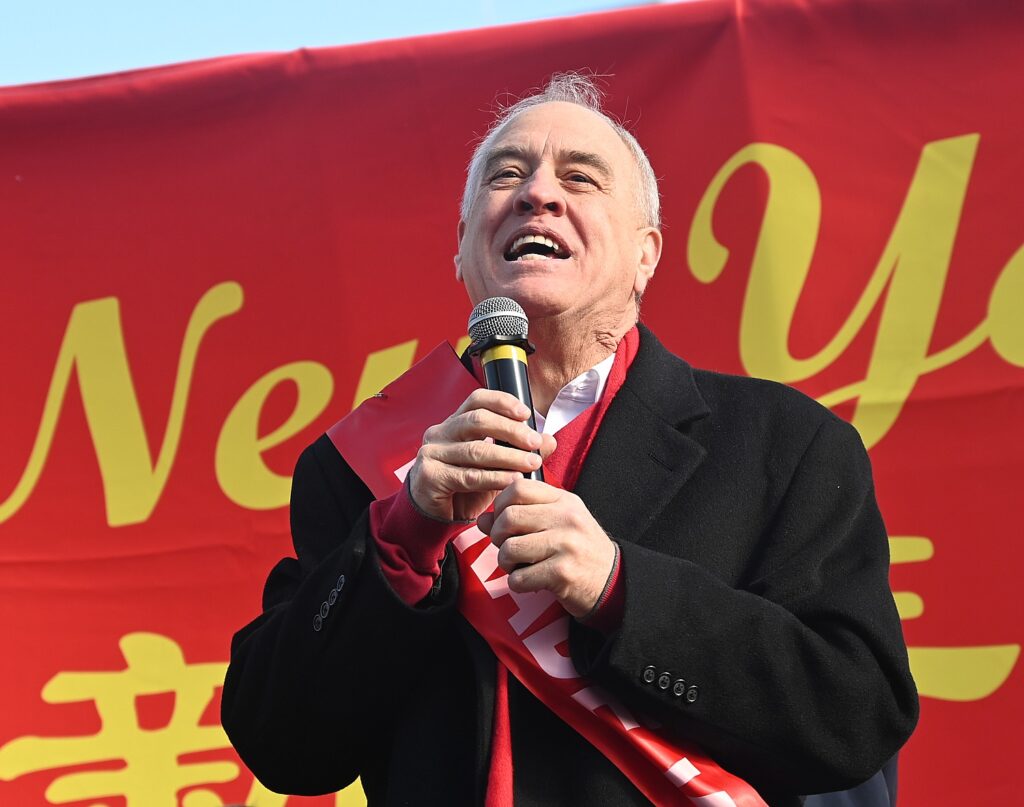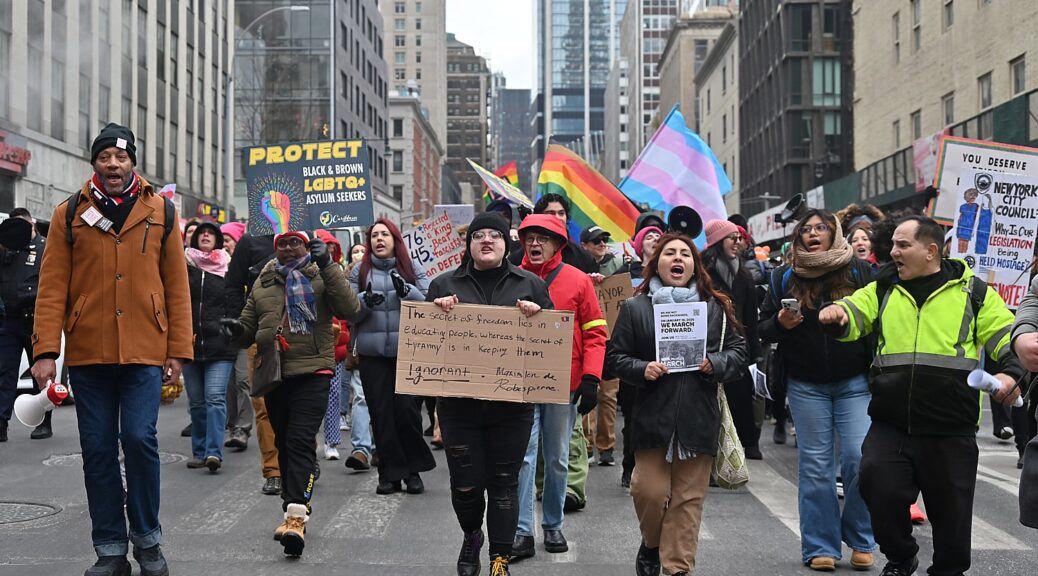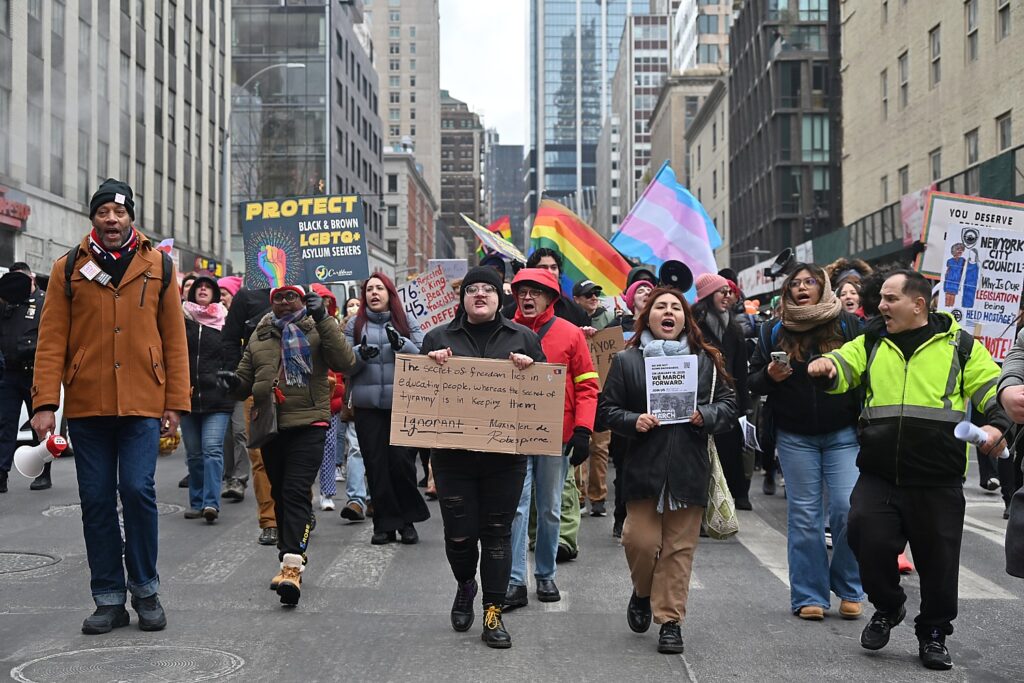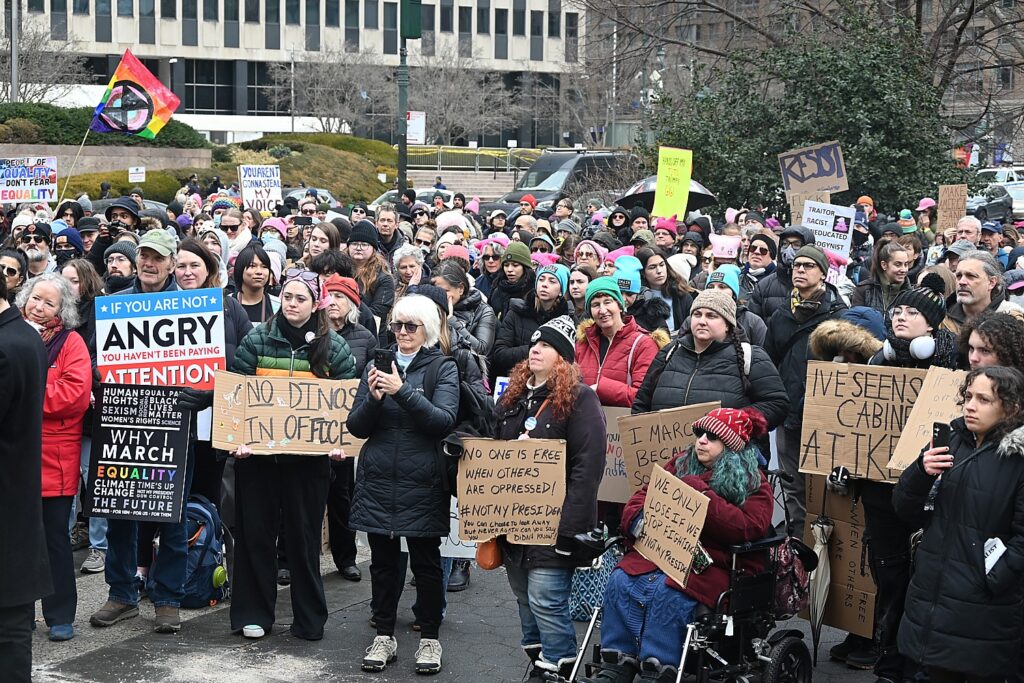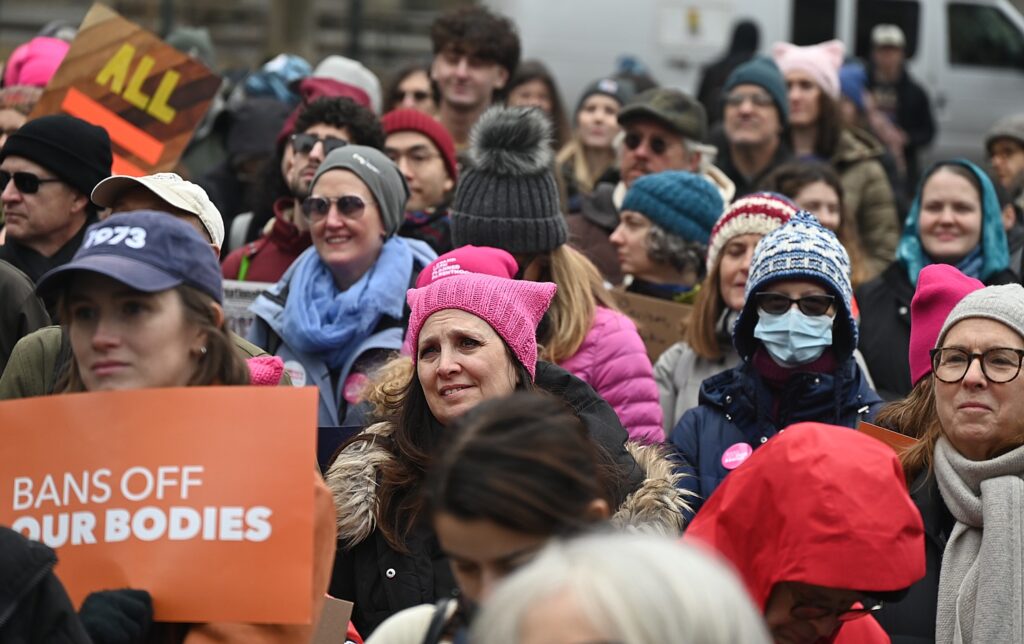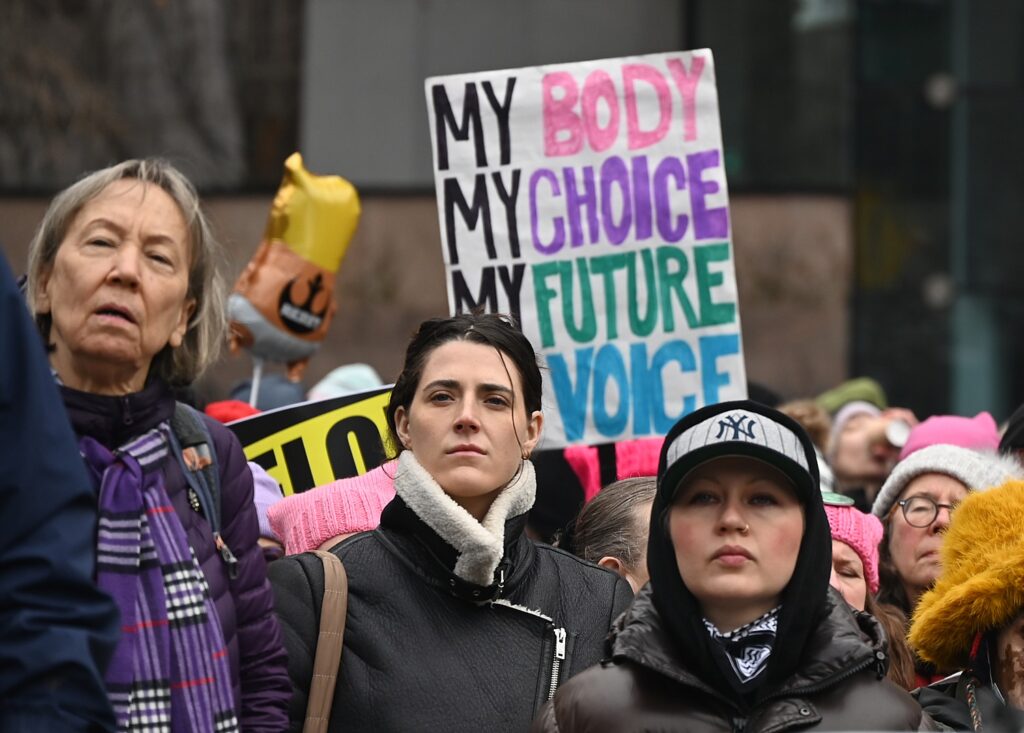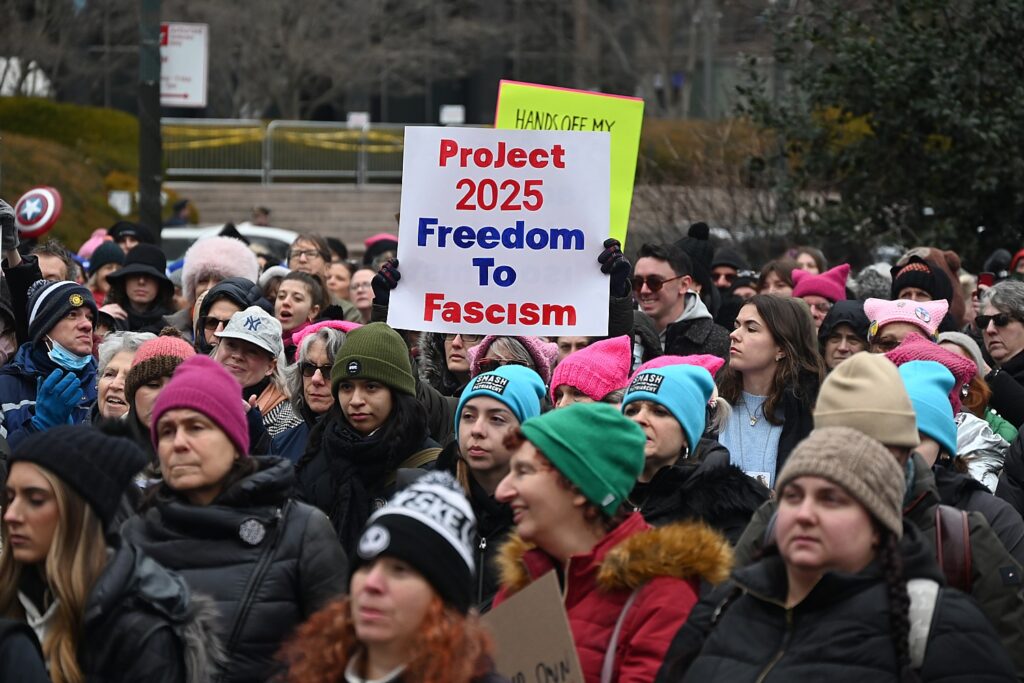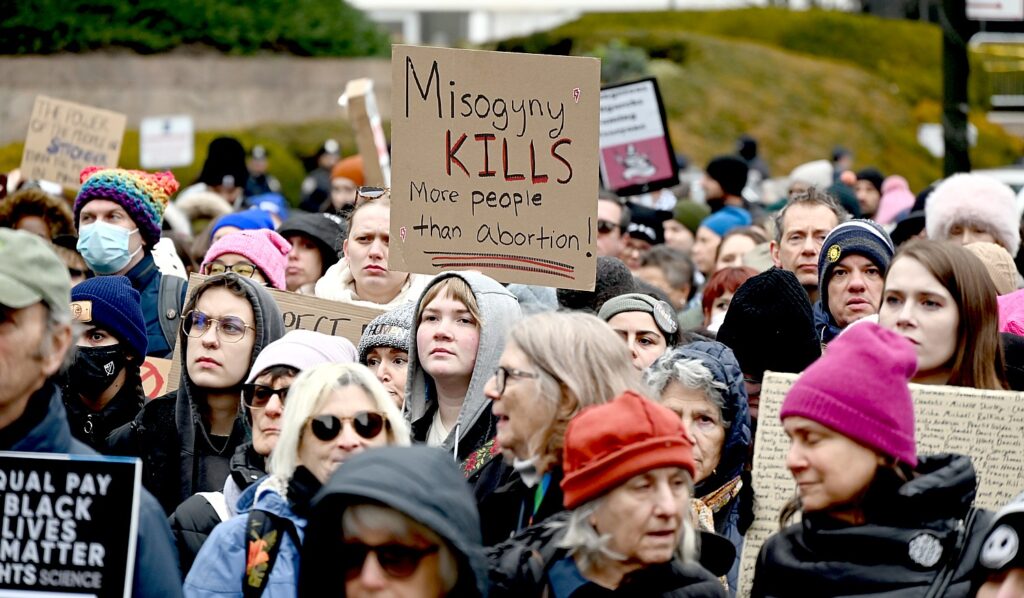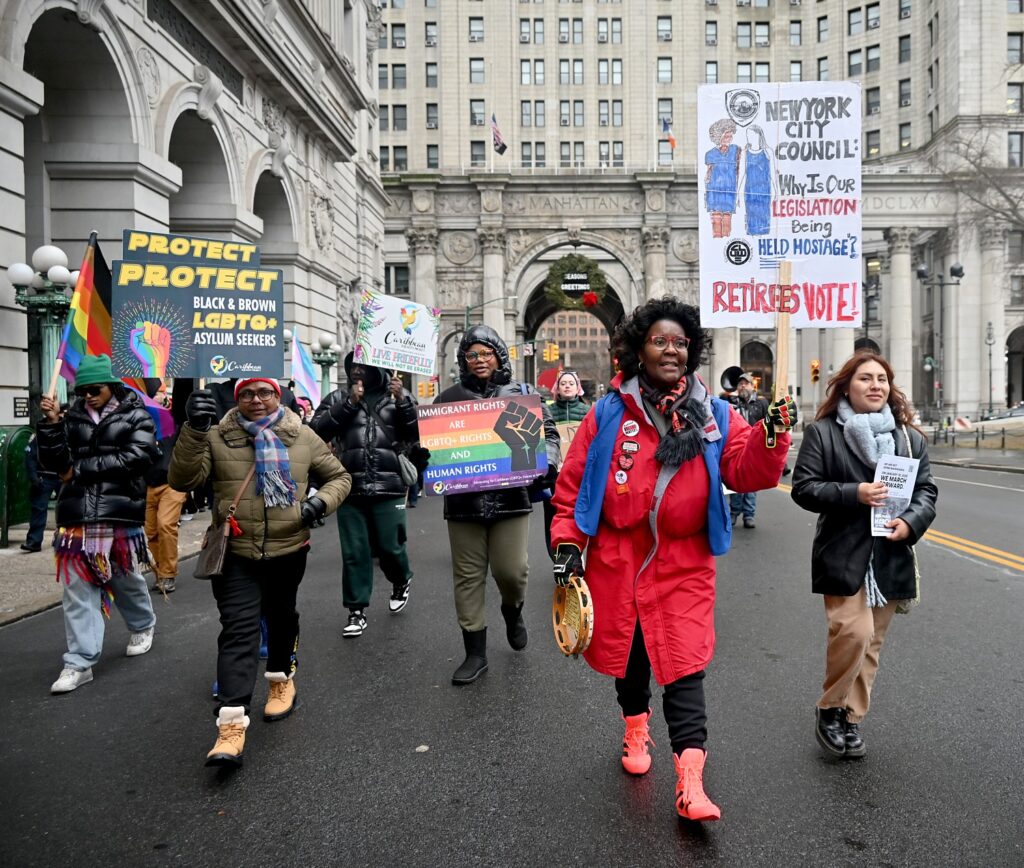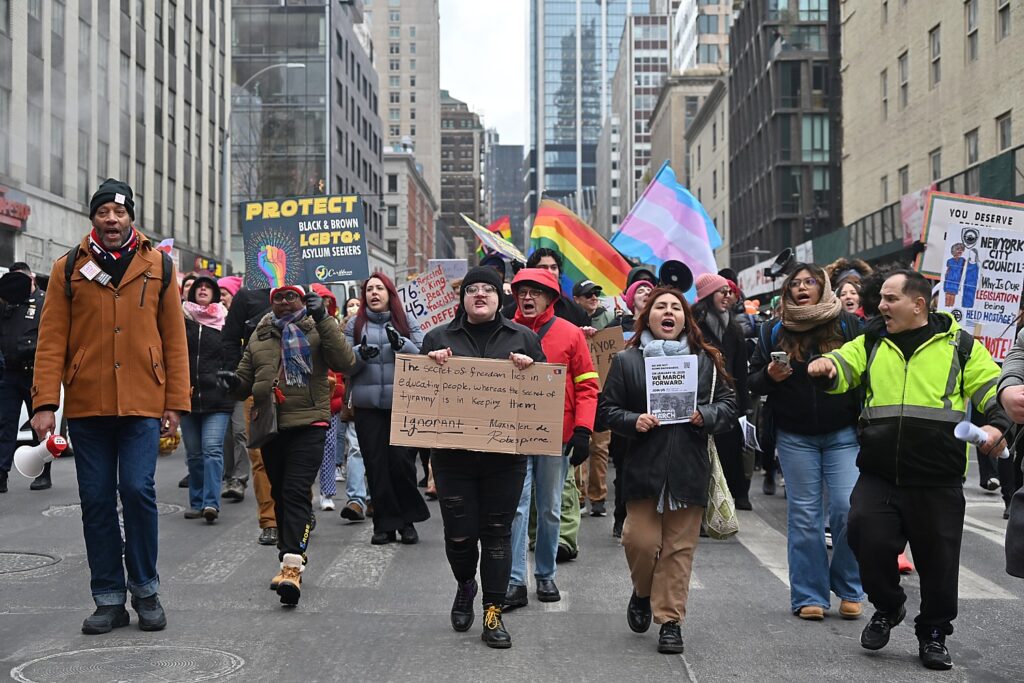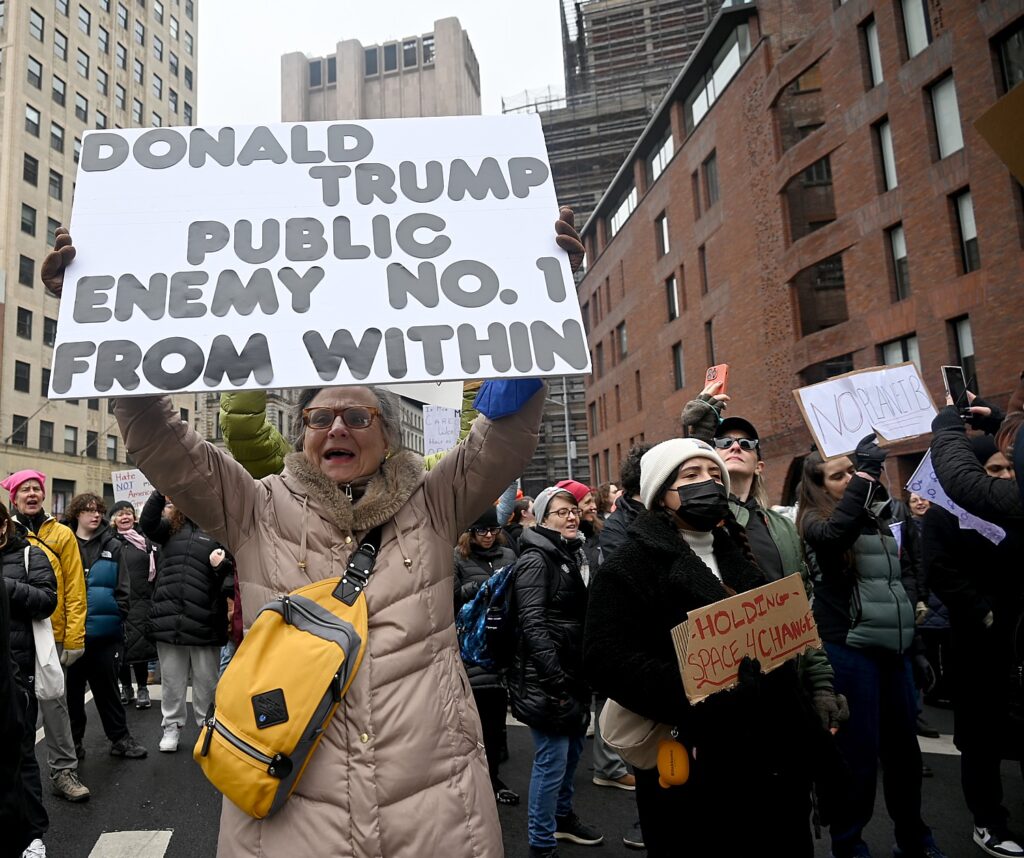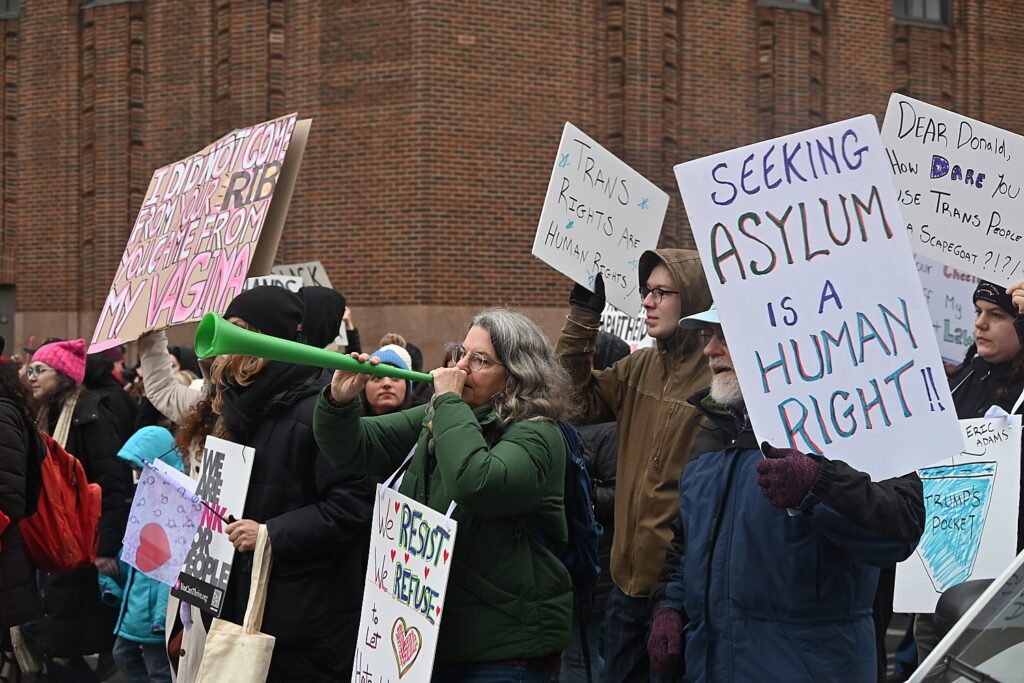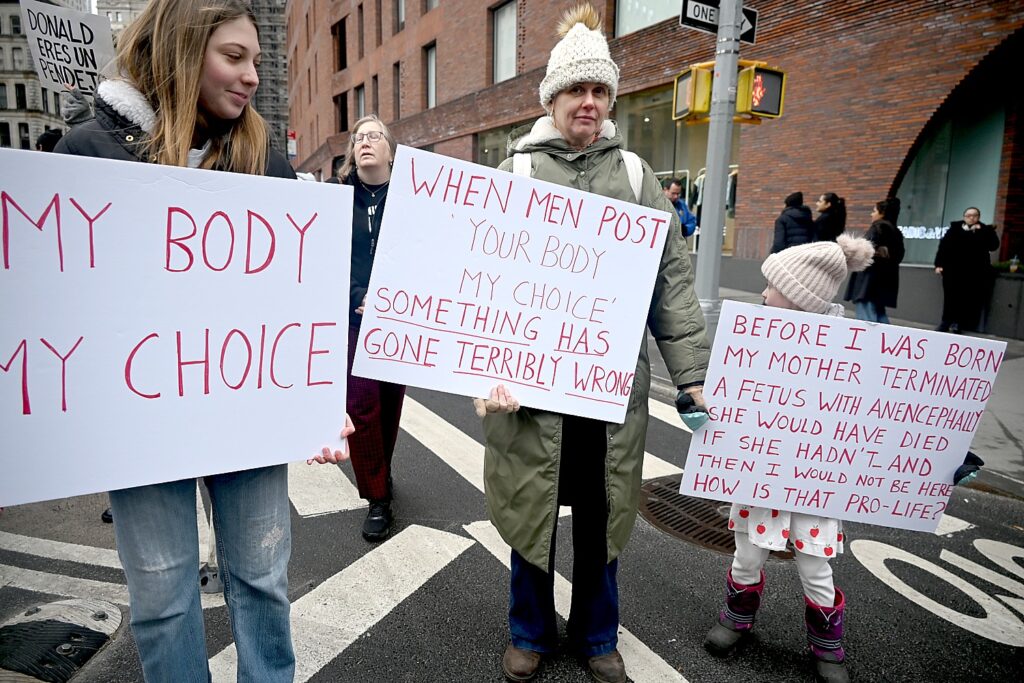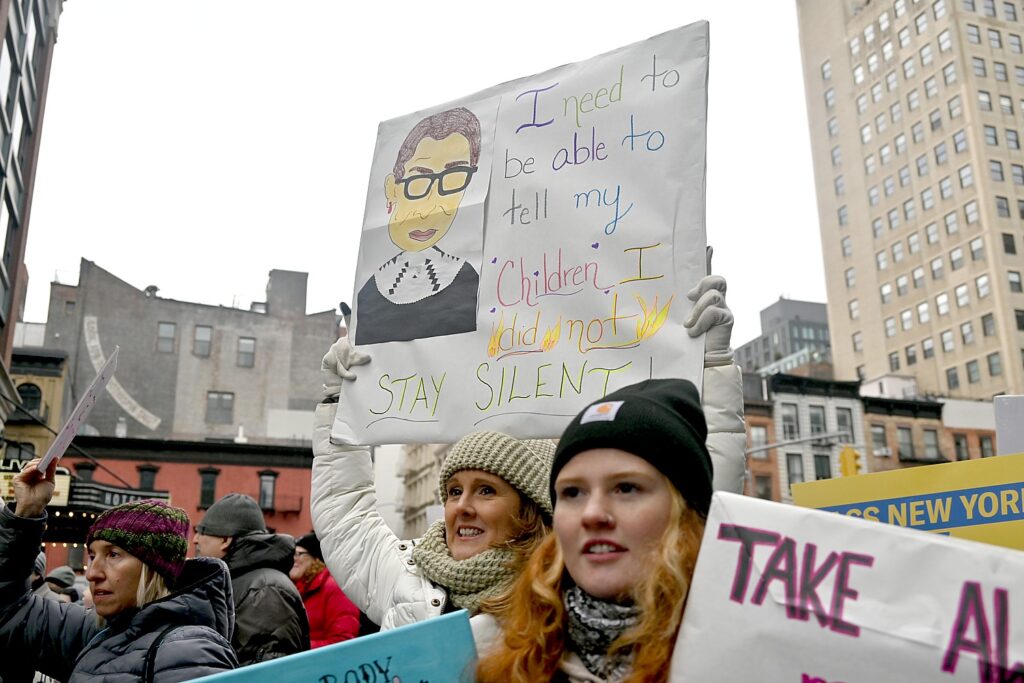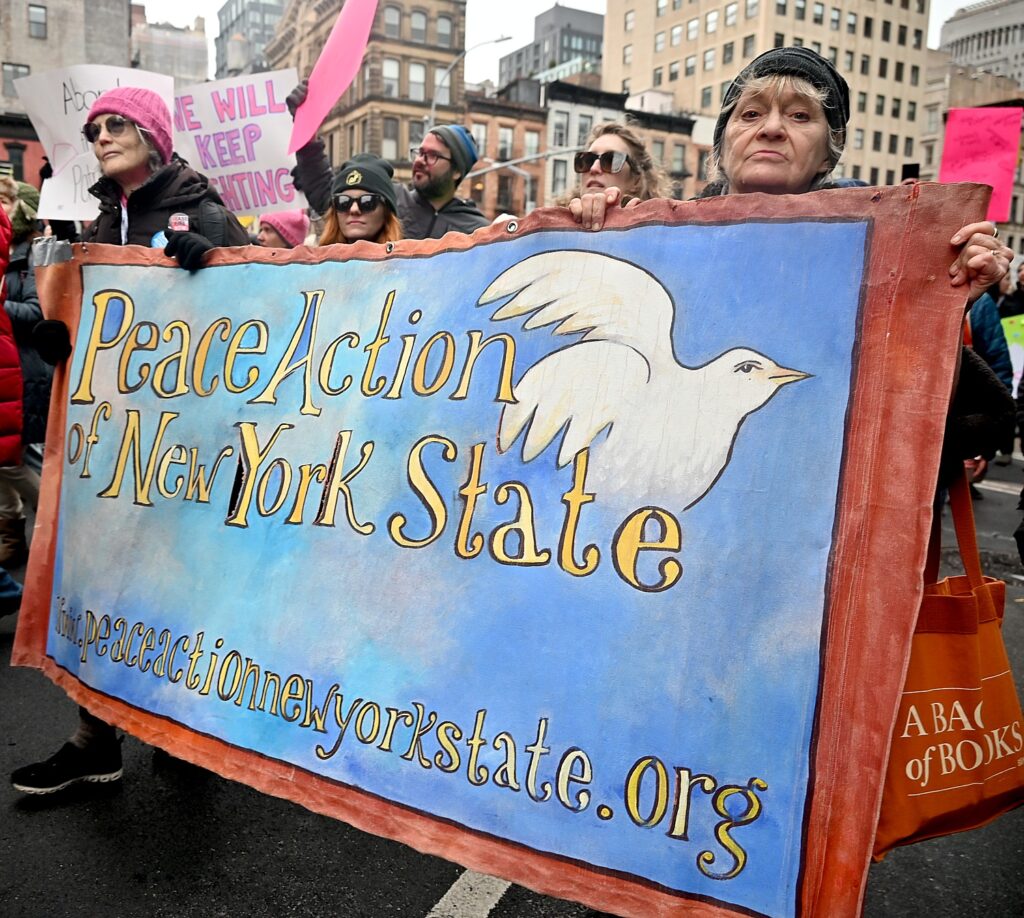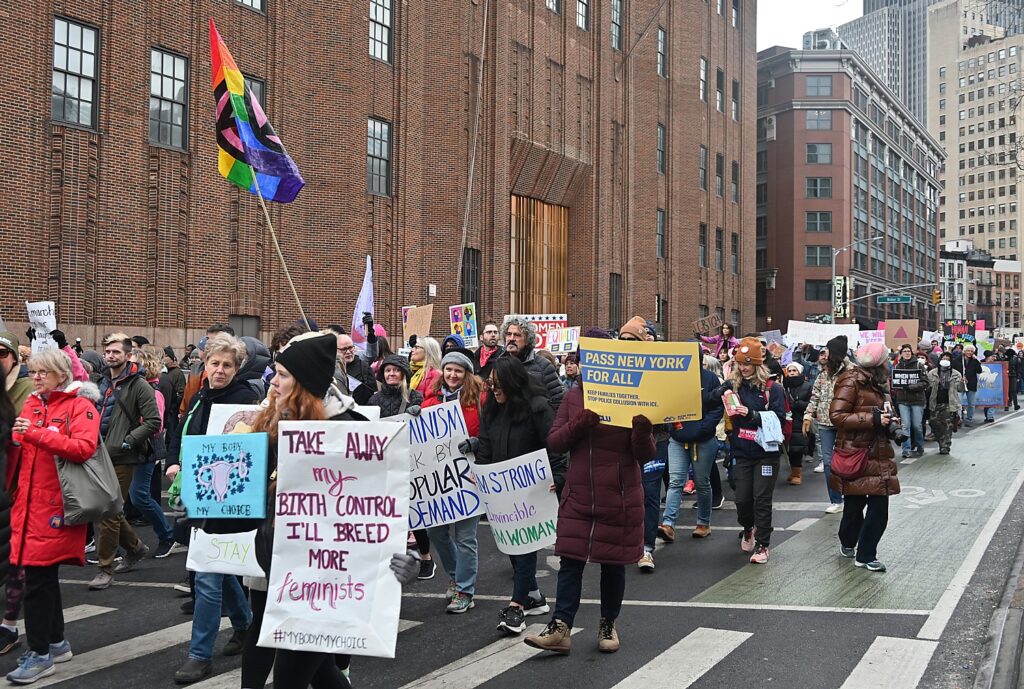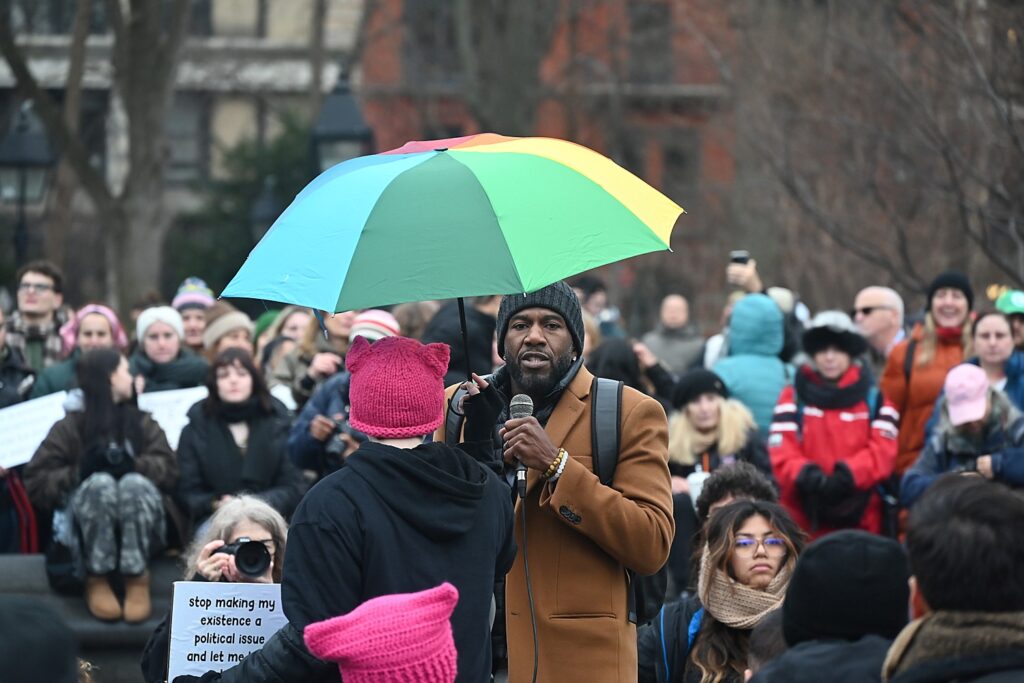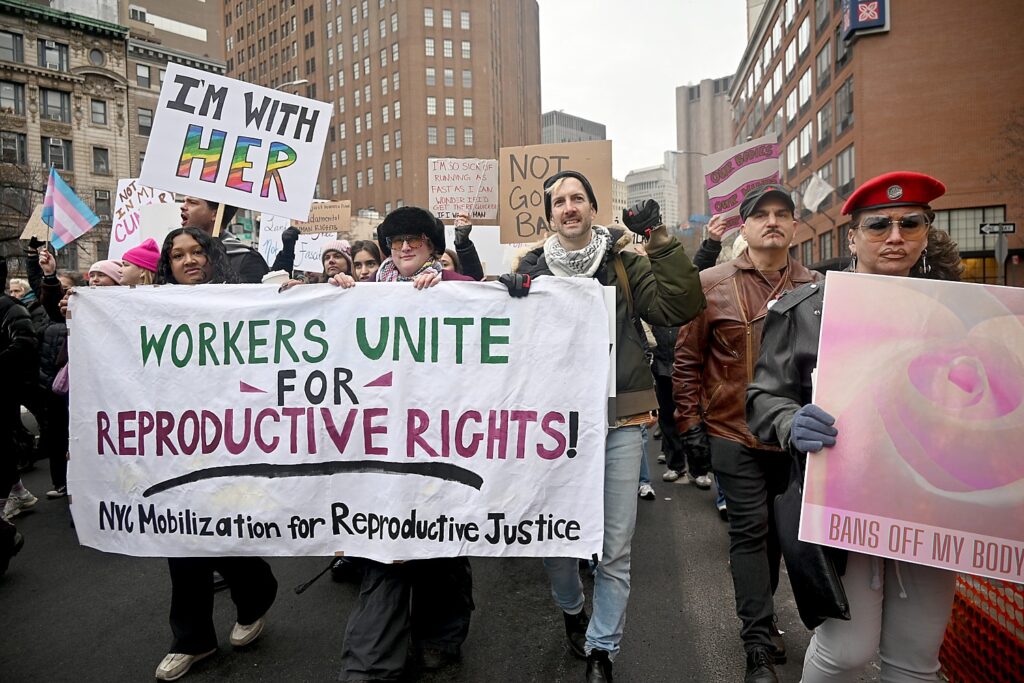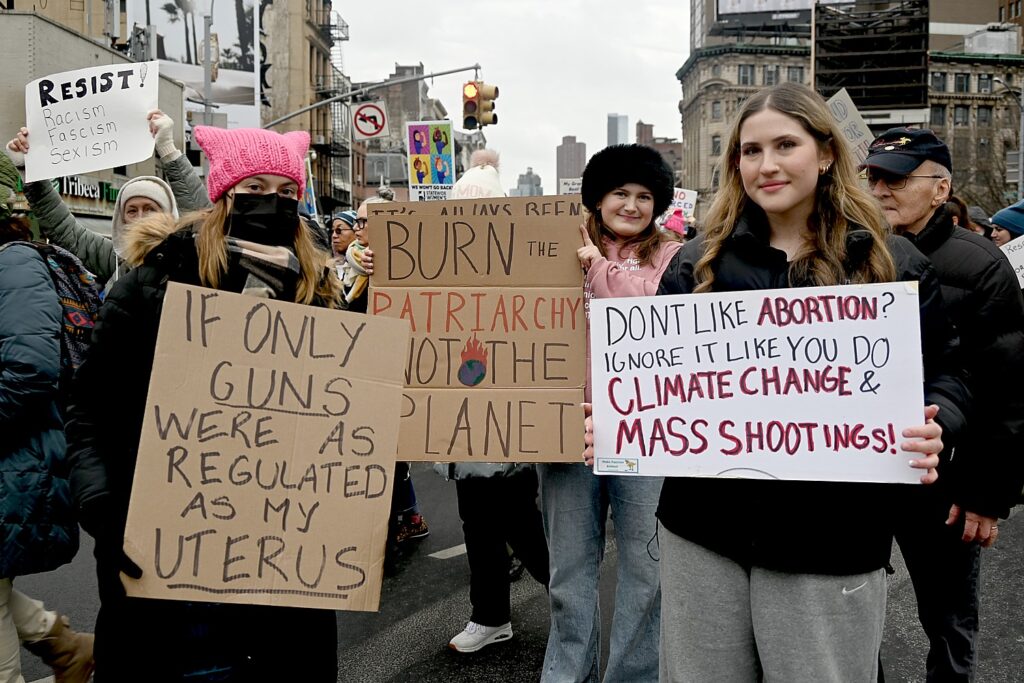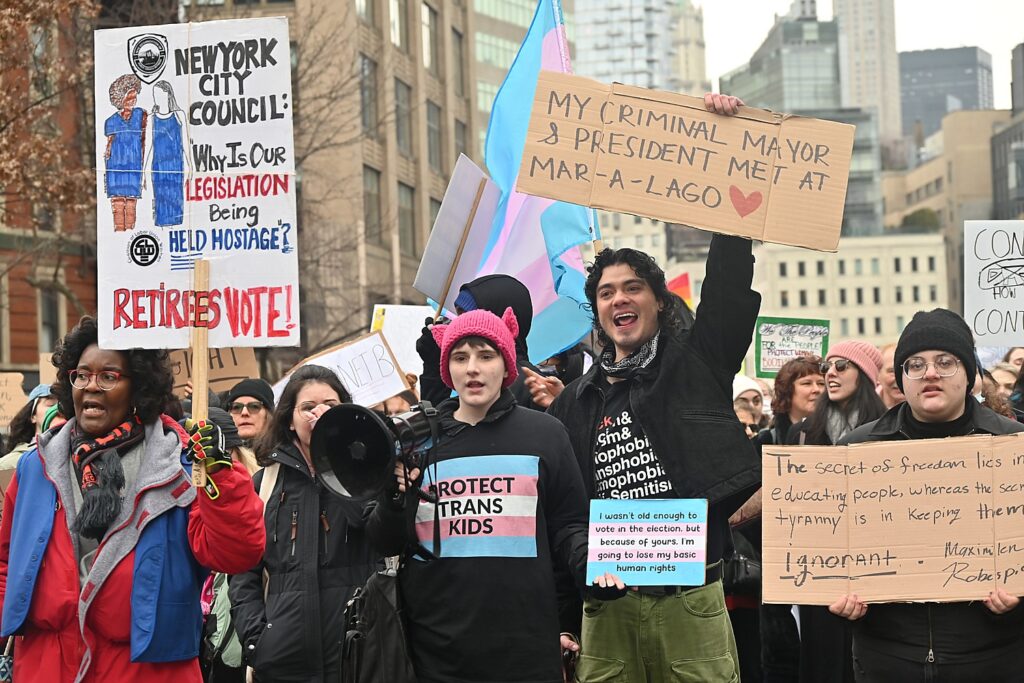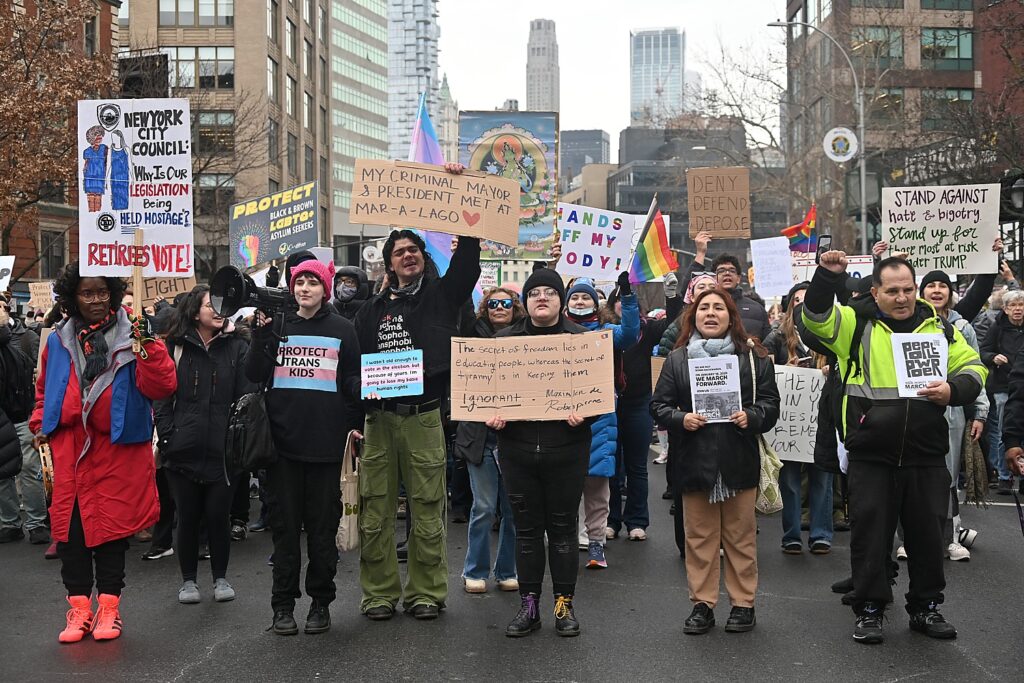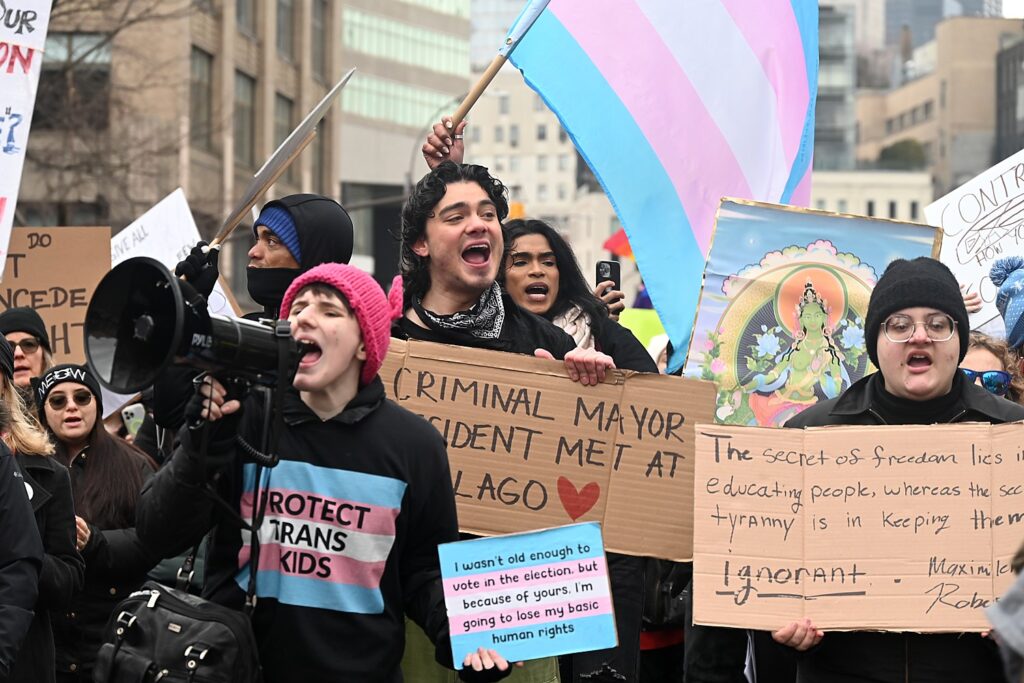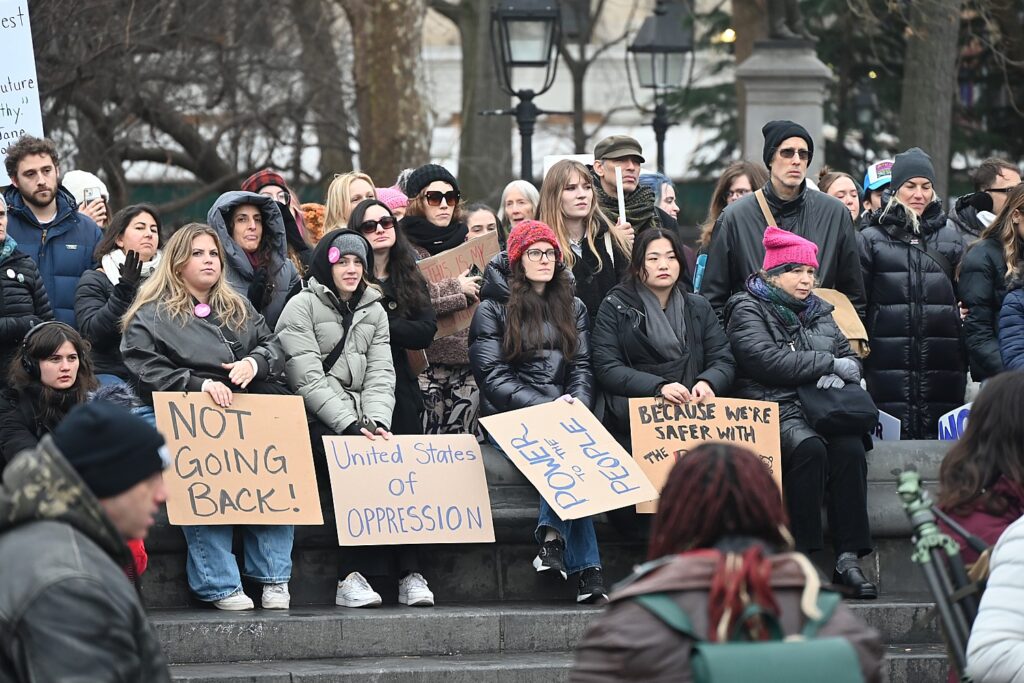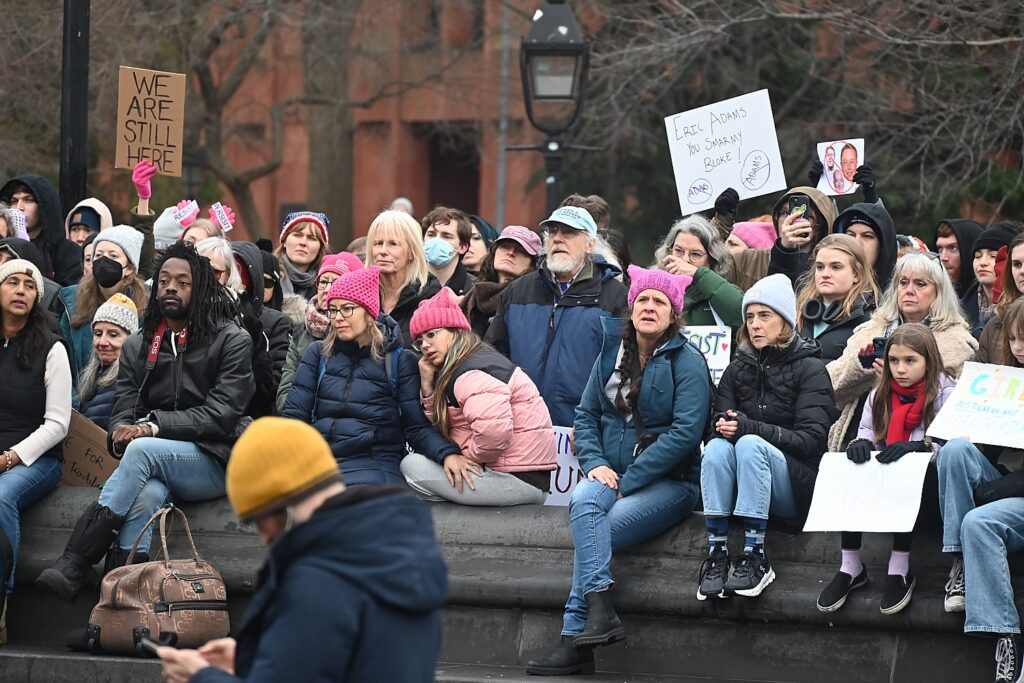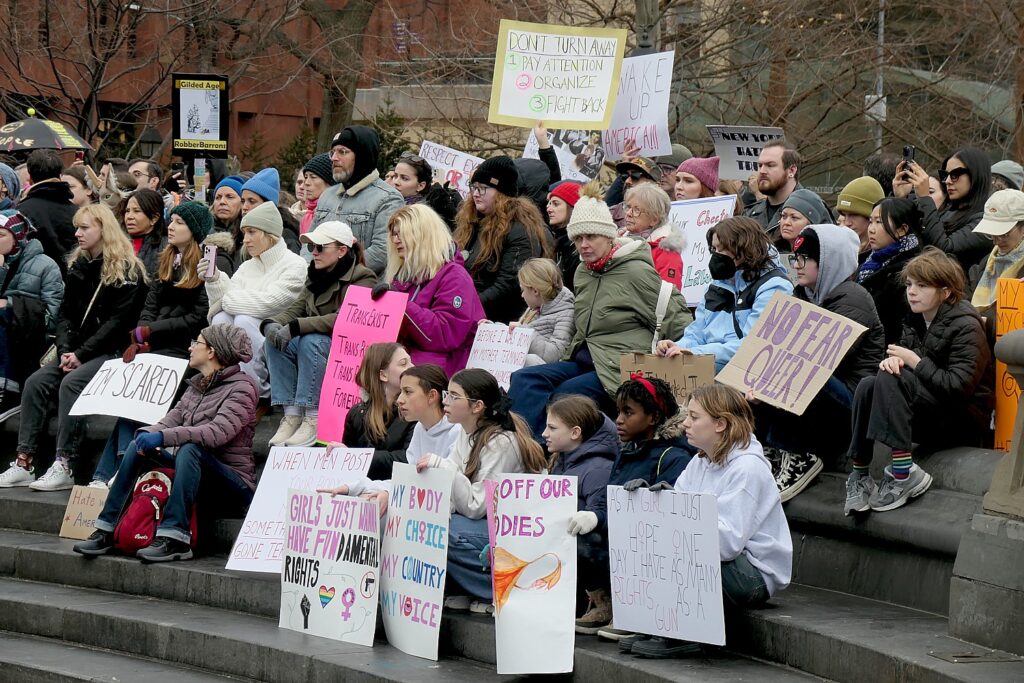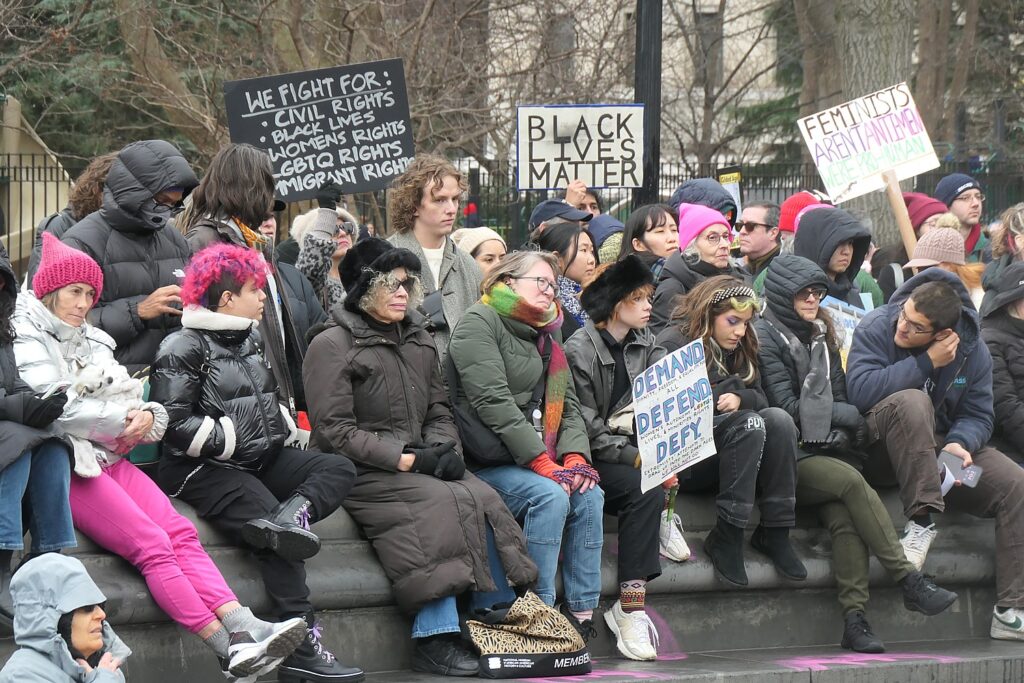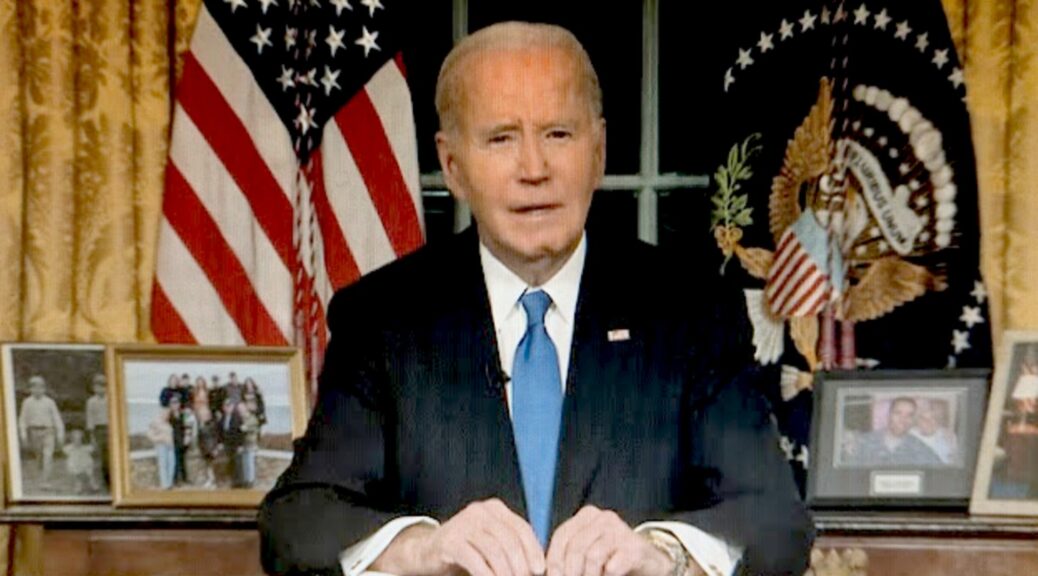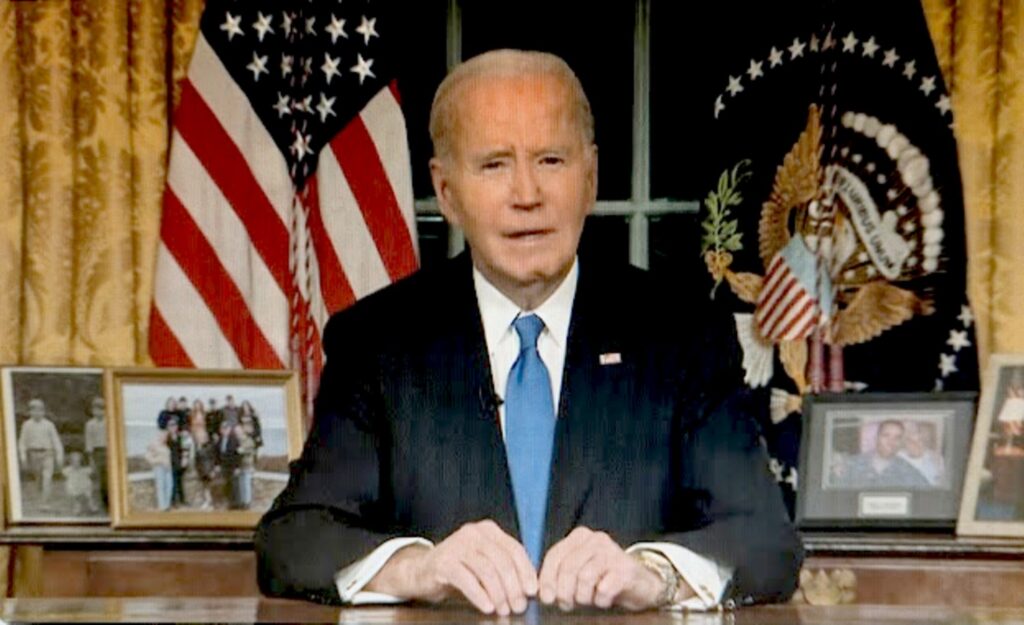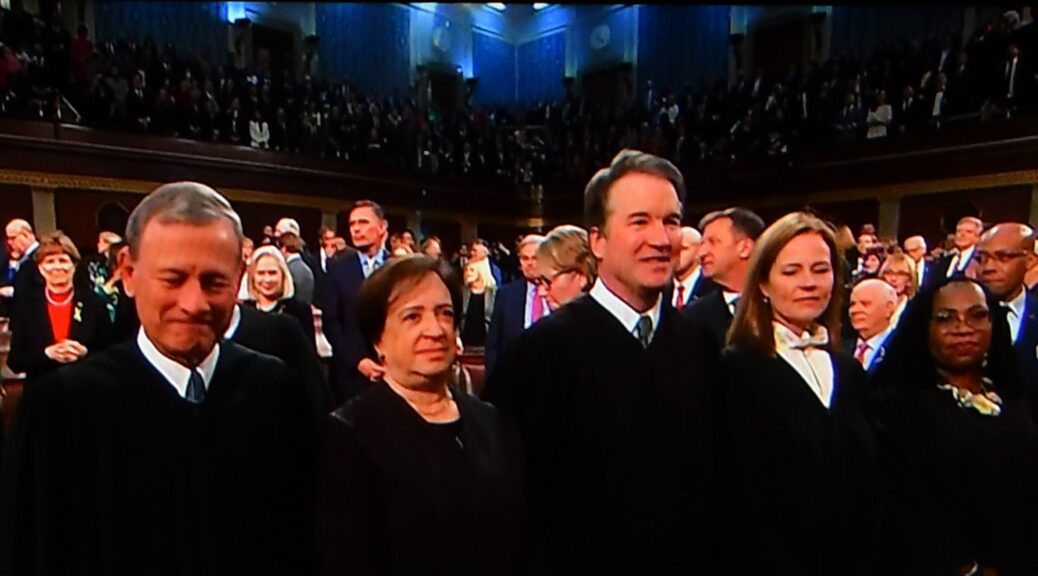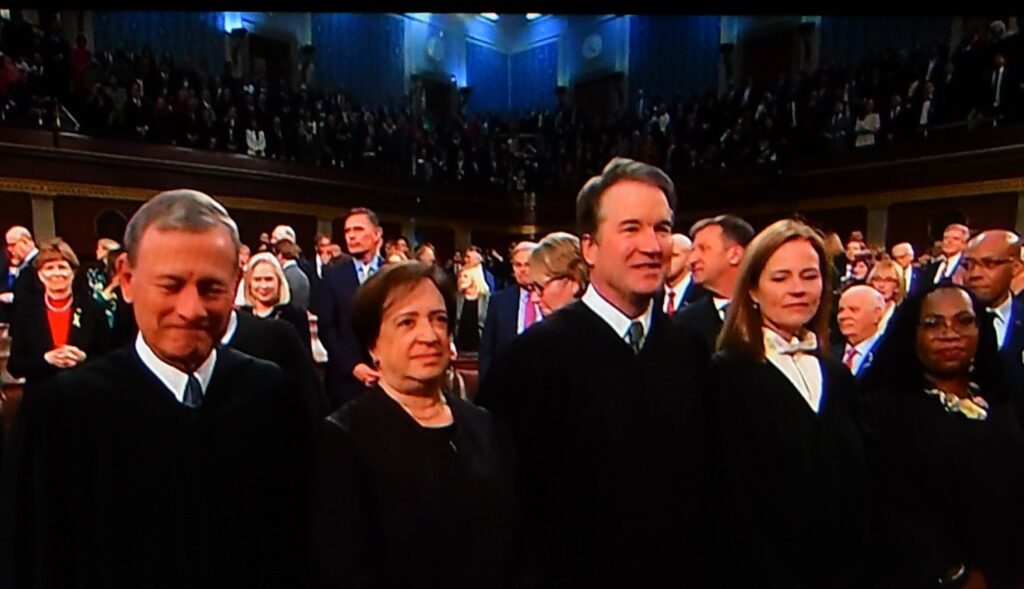In his 17-minute farewell address to the United States on Wednesday, January 15, President Joe Biden warned of a rising oligarchy and the “tech industrial complex”concentrating power in the hands of a few unaccountable individuals threatening democracy, even as he only briefly highlighted the achievements of what has been a truly historic, transformative but totally unappreciated presidency.
“That’s why in my farewell address tonight, I want to warn the country of some things that give me great concern….that’s the dangerous concentration of power in the hands of a very few ultra-wealthy people, and the dangerous consequences if their abuse of power is left unchecked. Today, an oligarchy is taking shape in America of extreme wealth, power and influence that literally threatens our entire democracy, our basic rights and freedoms and a fair shot for everyone to get ahead. We see the consequences all across America. And we’ve seen it before….
“…powerful forces want to wield their unchecked influence to eliminate the steps we’ve taken to tackle the climate crisis, to serve their own interests for power and profit. We must not be bullied into sacrificing the future, the future of our children and our grandchildren. We must keep pushing forward, and push faster. There is no time to waste. It is also clear that American leadership in technology is unparalleled, an unparalleled source of innovation that can transform lives. We see the same dangers in the concentration of technology, power and wealth….
“Americans are being buried under an avalanche of misinformation and disinformation enabling the abuse of power. The free press is crumbling. Editors are disappearing. Social media is giving up on fact-checking. The truth is smothered by lies told for power and for profit. We must hold the social platforms accountable to protect our children, our families and our very democracy from the abuse of power. Meanwhile, artificial intelligence is the most consequential technology of our time, perhaps of all time.
“Nothing offers more profound possibilities and risks for our economy, and our security, our society. For humanity. Artificial intelligence even has the potential to help us answer my call to end cancer as we know it. But unless safeguards are in place, A.I. could spawn new threats to our rights, our way of life, to our privacy, how we work, and how we protect our nation. We must make sure A.I. is safe and trustworthy and good for all humankind. In the age of A.I., it’s more important than ever that the people must govern.”
President Biden offered necessary reforms: reform the tax code so billionaires pay their fair share; getting dark money out of politics; imposing an 18-year term limit on Supreme Court justices; reversing the Supreme Court’s ruling granting a President immunity from criminal prosecution;
Here is a highlighted transcript of Biden’s Farewell Address:
My fellow Americans, I’m speaking to you tonight from the Oval Office. Before I begin, let me speak to important news from earlier today. After eight months of nonstop negotiation, my administration — by my administration — a cease-fire and a hostage deal has been reached by Israel and Hamas, the elements of which I laid out in great detail in May of this year.
This plan was developed and negotiated by my team, and it will be largely implemented by the incoming administration. That’s why I told my team to keep the incoming administration fully informed. Because that’s how it should be: Working together as Americans.
This will be my final address to you, the American people, from the Oval Office, from this desk, as president. And I’ve been thinking a lot about who we are and, maybe more importantly, who we should be.
Long ago, in New York Harbor, an ironworker installed beam after beam, day after day. He was joined by steel workers, stonemasons, engineers. They built not just a single structure, but a beacon of freedom. The very idea of America was so big, we felt the entire world needed to see the Statue of Liberty, a gift from France after our Civil War. Like the very idea of America, it was built not by one person but by many people, from every background, and from around the world.
Like America, the Statue of Liberty is not standing still. Her foot literally steps forward atop a broken chain of human bondage. She’s on the march. And she literally moves. She was built to sway back and forth to withstand the fury of stormy weather, to stand the test of time because storms are always coming. She sways a few inches, but she never falls into the current below. An engineering marvel.
The Statue of Liberty is also an enduring symbol of the soul of our nation, a soul shaped by forces that bring us together and by forces that pull us apart. And yet, through good times and tough times, we have withstood it all. A nation of pioneers and explorers, of dreamers and doers, of ancestors native to this land, of ancestors who came by force. A nation of immigrants who came to build a better life. A nation holding the torch of the most powerful idea ever in the history of the world: that all of us, all of us are created equal. That all of us deserve to be treated with dignity, justice and fairness. That democracy must defend, and be defined, and be imposed, moved in every way possible: Our rights, our freedoms, our dreams. But we know the idea of America, our institution, our people, our values that uphold it, are constantly being tested.
Ongoing debates about power and the exercise of power. About whether we lead by the example of our power or the power of our example. Whether we show the courage to stand up to the abuse of power, or we yield to it. After 50 years at the center of all of this, I know that believing in the idea of America means respecting the institutions that govern a free society — the presidency, the Congress, the courts, a free and independent press. Institutions that are rooted — not just reflect the timeless words, but they — they echo the words of the Declaration of Independence: “We hold these truths to be self-evident.” Rooted in the timeless words of the Constitution: “We the People.” Our system of separation of powers, checks and balances — it may not be perfect, but it’s maintained our democracy for nearly 250 years, longer than any other nation in history that’s ever tried such a bold experiment.
In the past four years, our democracy has held strong. And every day, I’ve kept my commitment to be president for all Americans, through one of the toughest periods in our nation’s history. I’ve had a great partner in Vice President Kamala Harris. It’s been the honor of my life to see the resilience of essential workers getting us through a once-in-a-century pandemic, the heroism of service members and first responders keeping us safe, the determination of advocates standing up for our rights and our freedoms.
Instead of losing their jobs to an economic crisis that we inherited, millions of Americans now have the dignity of work. Millions of entrepreneurs and companies, creating new businesses and industries, hiring American workers, using American products. And together, we have launched a new era of American possibilities: one of the greatest modernizations of infrastructure in our entire history, from new roads, bridges, clean water, affordable high-speed internet for every American.
We invented the semiconductor, smaller than the tip of my little finger, and now is bringing those chip factories and those jobs back to America where they belong, creating thousands of jobs. Finally giving Medicare the power to negotiate lower prescription drug prices for millions of seniors. And finally doing something to protect our children and our families by passing the most significant gun safety law in 30 years. And bringing violent crime to a 50-year low. Meeting our sacred obligation to over one million veterans so far who were exposed to toxic materials, and to their families, providing medical care and education benefits and more for their families.
You know, it will take time to feel the full impact of all we’ve done together. But the seeds are planted, and they’ll grow, and they’ll bloom for decades to come.
At home, we have created nearly 17 million new jobs, more than any other single administration in a single term. More people have health care than ever before. And overseas, we have strengthened NATO. Ukraine is still free. And we’ve pulled ahead in our competition with China. And so much more. I’m so proud of how much we’ve accomplished together for the American people, and I wish the incoming administration success. Because I want America to succeed.
That’s why I’ve upheld my duty to ensure a peaceful and orderly transition of power to ensure we lead by the power of our example. I have no doubt that America is in a position to continue to succeed.
That’s why my farewell address tonight, I want to warn the country of some things that give me great concern. And this is a dangerous — and that’s the dangerous concentration of power in the hands of a very few ultrawealthy people, and the dangerous consequences if their abuse of power is left unchecked. Today, an oligarchy is taking shape in America of extreme wealth, power and influence that literally threatens our entire democracy, our basic rights and freedoms and a fair shot for everyone to get ahead. We see the consequences all across America. And we’ve seen it before.
More than a century ago, the American people stood up to the robber barons back then and busted the trusts. They didn’t punish the wealthy. They just made the wealthy play by the rules everybody else had. Workers want rights to earn their fair share. You know, they were dealt into the deal, and it helped put us on the path to building the largest middle class, the most prosperous century any nation the world has ever seen. We’ve got to do that again.
The last four years, that is exactly what we have done. People should be able to make as much as they can, but pay — play by the same rules, pay their fair share in taxes. So much is at stake. Right now, the existential threat of climate change has never been clearer. Just look across the country, from California to North Carolina. That’s why I signed the most significant climate and clean energy law ever, ever in the history of the world.
And the rest of the world is trying to model it now. It’s working, creating jobs and industries of the future. Now we have proven we don’t have to choose between protecting the environment and growing the economy. We’re doing both.
But powerful forces want to wield their unchecked influence to eliminate the steps we’ve taken to tackle the climate crisis, to serve their own interests for power and profit. We must not be bullied into sacrificing the future, the future of our children and our grandchildren. We must keep pushing forward, and push faster. There is no time to waste. It is also clear that American leadership in technology is unparalleled, an unparalleled source of innovation that can transform lives. We see the same dangers in the concentration of technology, power and wealth.
You know, in his farewell address, President Eisenhower spoke of the dangers of the military-industrial complex. He warned us that about, and I quote, “The potential for the disastrous rise of misplaced power.” Six days — six decades later, I’m equally concerned about the potential rise of a tech-industrial complex that could pose real dangers for our country as well.
Americans are being buried under an avalanche of misinformation and disinformation enabling the abuse of power. The free press is crumbling. Editors are disappearing. Social media is giving up on fact-checking. The truth is smothered by lies told for power and for profit. We must hold the social platforms accountable to protect our children, our families and our very democracy from the abuse of power. Meanwhile, artificial intelligence is the most consequential technology of our time, perhaps of all time.
Nothing offers more profound possibilities and risks for our economy, and our security, our society. For humanity. Artificial intelligence even has the potential to help us answer my call to end cancer as we know it. But unless safeguards are in place, A.I. could spawn new threats to our rights, our way of life, to our privacy, how we work, and how we protect our nation. We must make sure A.I. is safe and trustworthy and good for all humankind.
In the age of A.I., it’s more important than ever that the people must govern. And as the Land of Liberty, America — not China — must lead the world in the development of A.I.
You know, in the years ahead, it’s going to be up to the president, the presidency, the Congress, the courts, the free press, and the American people to confront these powerful forces. We must reform the tax code. Not by giving the biggest tax cuts to billionaires, but by making them begin to pay their fair share.
We need to get dark money — that’s that hidden funding behind too many campaign contributions — we need to get it out of our politics. We need to enact an 18-year time limit, term limit, time and term, for the strongest ethics — and the strongest ethics reforms for our Supreme Court. We need to ban members of Congress from trading stock while they are in the Congress. We need to amend the Constitution to make clear that no president, no president is immune from crimes that he or she commits while in office. The president’s power is not limit — it is not absolute. And it shouldn’t be.
And in a democracy, there is another danger — that the concentration of power and wealth. It erodes a sense of unity and common purpose. It causes distrust and division. Participating in our democracy becomes exhausting and even disillusioning, and people don’t feel like they have a fair shot. We have to stay engaged in the process. I know it’s frustrating. A fair shot is what makes America America. Everyone is entitled to a fair shot, not a guarantee, just a fair shot, an even playing field. Going as far as your hard work and talent can take you.
We can never lose that essential truth to remain who we are. I’ve always believed, and I told other world leaders, America will be defined by one word: possibilities. Only in America do we believe anything is possible. Like a kid with a stutter from modest beginnings in Scranton, Pennsylvania, and Claymont, Delaware, sitting behind this desk in the Oval Office as president of the United States.
That is the magic of America. It’s all around us. Upstairs in the residence of the White House, I’ve walked by a painting of a Statue of Liberty I don’t know how many times. In the painting there are several workers climbing on the outstretched arm of the statue that holds the torch. It reminds me every day I pass it of the story and soul of our nation, and the power of the American people.
There is a story of a veteran — a veteran, a son of an immigrant, whose job was to climb that torch and polish the amber panes so rays of light could reach out as far as possible. He was known as the keeper of the flame. He once said of the Statue of Liberty, “Speaks a silent, universal language, one of hope that anyone who seeks and speaks freedom can understand.”
Yes, we sway back and forth to withstand the fury of the storm, to stand the test of time, a constant struggle, constant struggle. A short distance between peril and possibility. But what I believe is the America of our dreams is always closer than we think. And it’s up to us to make our dreams come true.
Let me close by stating my gratitude to so many people. To the members of my administration, as well as public service and first responders across the country and around the world, thank you for stepping up to serve. To our service members and their families, it has been the highest honor of my life to lead you as commander in chief.
And of course, to Kamala and her incredible partner. A historic vice president. She and Doug have become like family. And to me, family is everything.
My deepest appreciation to our amazing first lady who is with me in the Oval today. For our entire family. You are the love of my life and the life of my love.
My eternal thanks to you, the American people. After 50 years of public service, I give you my word, I still believe in the idea for which this nation stands — a nation where the strength of our institutions and the character of our people matter and must endure. Now it’s your turn to stand guard. May you all be the keeper of the flame. May you keep the faith. I love America. You love it, too.
God bless you all, and may God protect our troops. Thank you for this great honor.
See also:
Joe Biden Leaves a Long Legacy of a Historic, Transformative Presidency
See Fact Sheet on The Biden-Harris Administration Record Here
(https://www.whitehouse.gov/briefing-room/statements-releases/2025/01/15/the-biden-harris-administration-record/)
Starting on January 20th, visit BidenWhiteHouse.Archives.Gov to access the archived version of the Biden White House website, preserved for posterity and that lives on in perpetuity with the National Archives.
